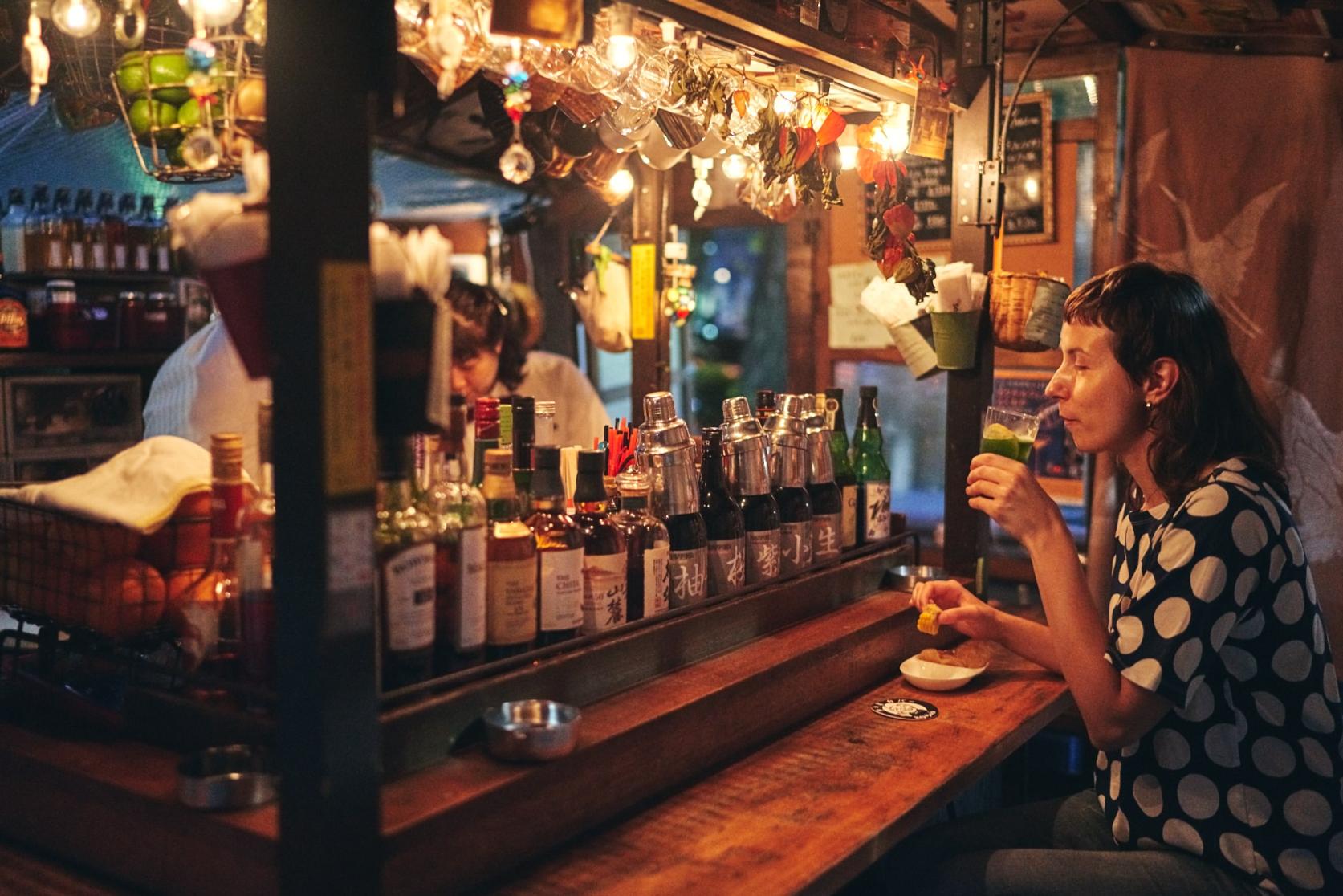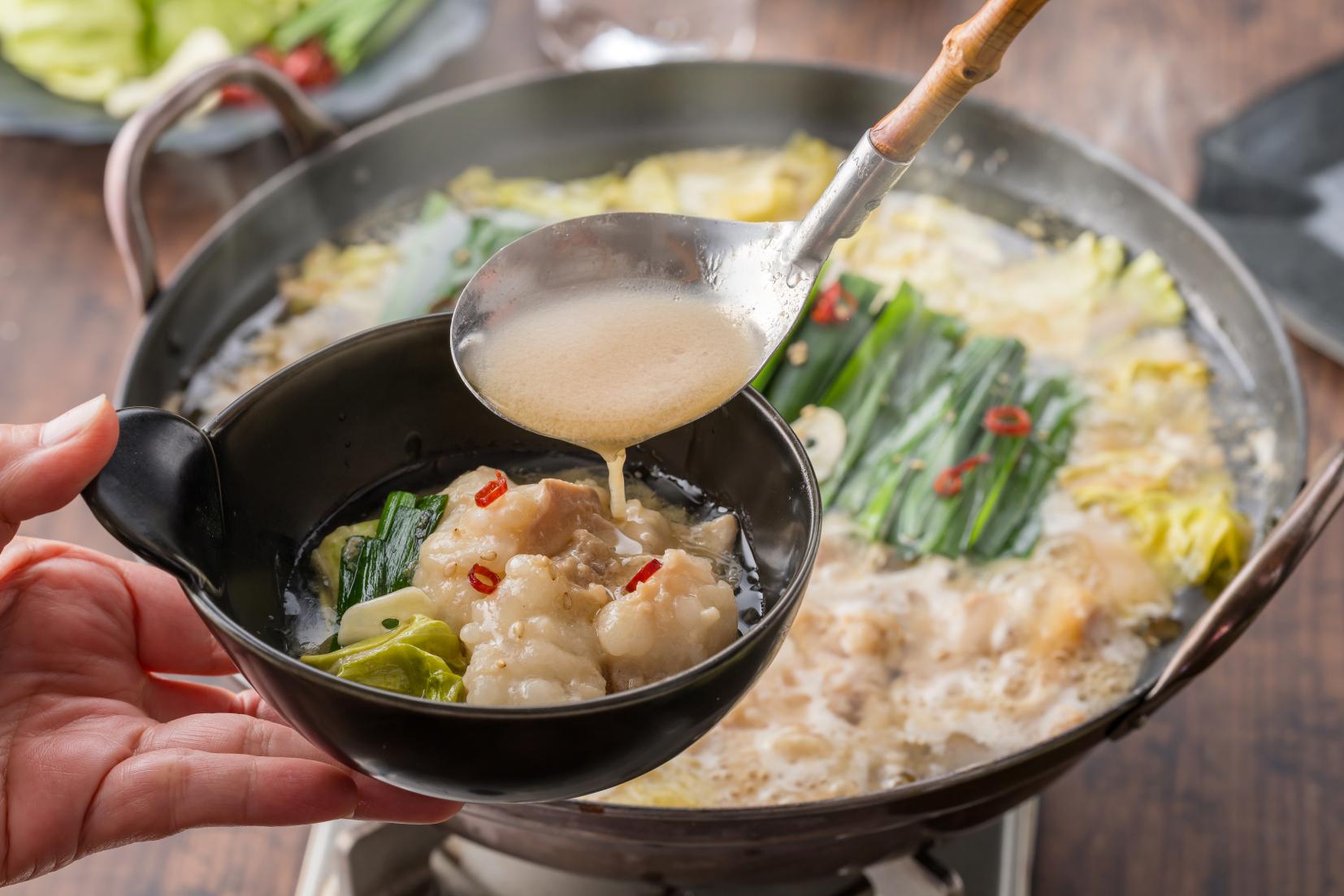
10 Recommended Dishes in Fukuoka! Discovering the Region’s Finest Foods
In Japan, Fukuoka is famous for foods like “tonkotsu” ramen, “motsunabe” hotpot, and “mentaiko” pollack roe. And that’s just for starters - the region is packed with one-of-a-kind gourmet delicacies! In this article, we’ve selected 10 local Fukuoka dishes worthy of adding to your Japan must-eat list!
Tonkotsu Ramen - Fukuoka’s Representative Dish!
Tonkotsu ramen is known Japan-wide as the specialty dish of Fukuoka. It is characterized by thin, straight noodles and a collagen-rich broth packed with the rich umami of pork bones. Even for those well-versed in ramen, eating this particular variety is a journey into the unknown, bringing all sorts of new terms like “kaedama” (extra serving of noodles) and questions like “How hard do you want your noodles?”
When ordering tonkotsu ramen, you will be given several options of noodle hardness. You can have your noodles “yawa” (soft), “futsu” (normal/medium), “kata” (hard), “harigane” (extra hard), “kona-otoshi” (extremely hard, only briefly put in hot water to remove flour), and “nama” (raw). For beginners, it’s best to start off around the “hard” range. After selecting the noodles, enjoy your ramen with one or more of the toppings placed on the table, which includes white sesame seeds, red pickled ginger, and mustard greens!
Column
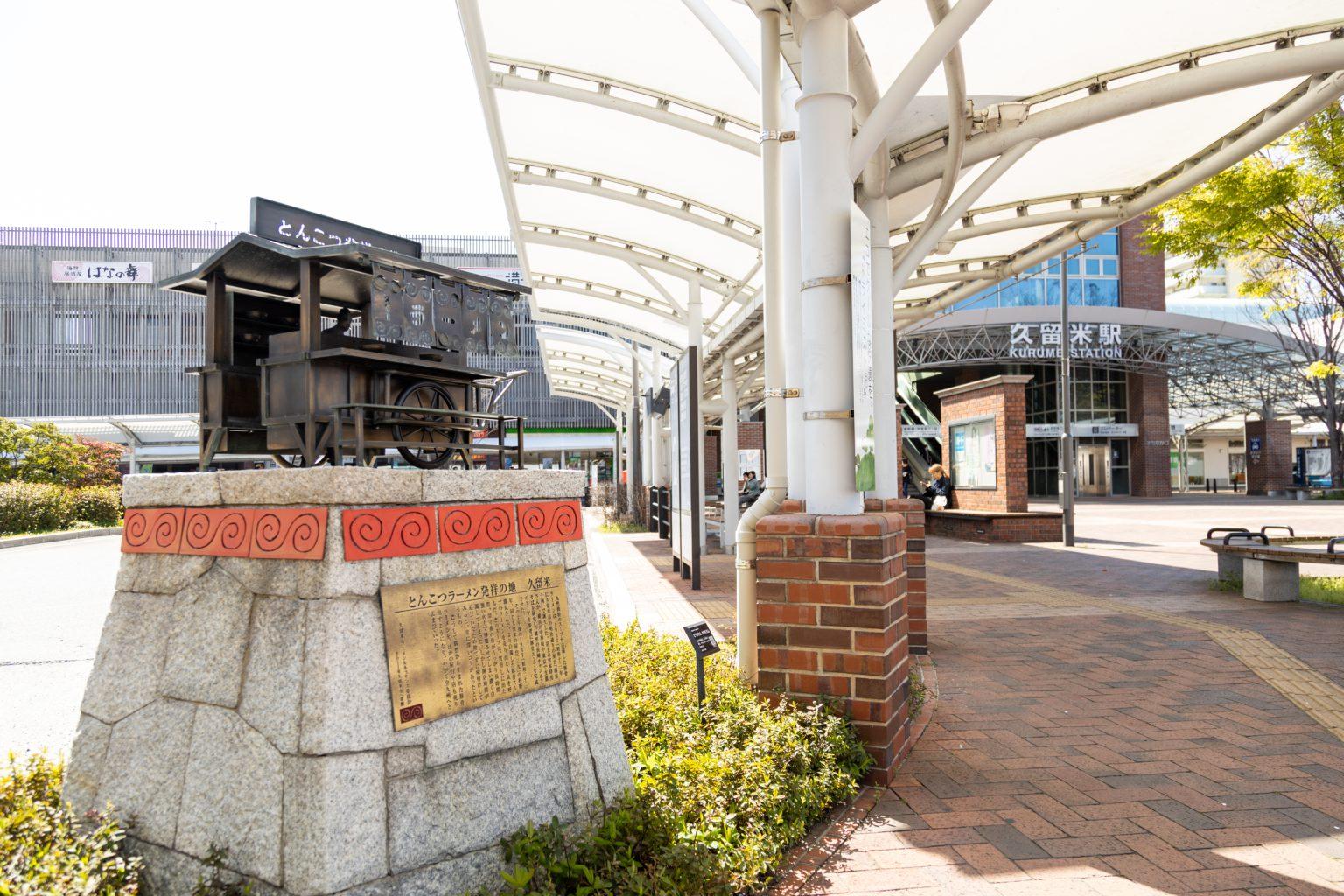
Kurume - The Birthplace of Tonkotsu Ramen
When it comes to ramen broth, there are four basic types - soy sauce, salt, miso, and tonkotsu. Tonkotsu ramen actually originated in a city of Fukuoka called Kurume, and what started out in a local street stall in 1937 has now spread across the globe.
Theories Point to Fukuoka as the Origin of Udon!
While Fukuoka is largely known for ramen, Japanese udon (thick wheat noodles) and soba (thin buckwheat noodles) culture is said to have begun when these noodles were brought to Hakata from mainland China during the Kamakura period (1185–1333). Udon is adored by Fukuoka locals, proven by the prefecture boasting one of the largest concentrations of udon restaurants in all of Japan!
Udon dishes consist of soft noodles and a clear broth of light soy sauce. Many locals then top their udon with hearty burdock root tempura and fried fish cake, along with condiments like yuzu-kosho (yuzu and chili peppers mixed into a paste).
Column
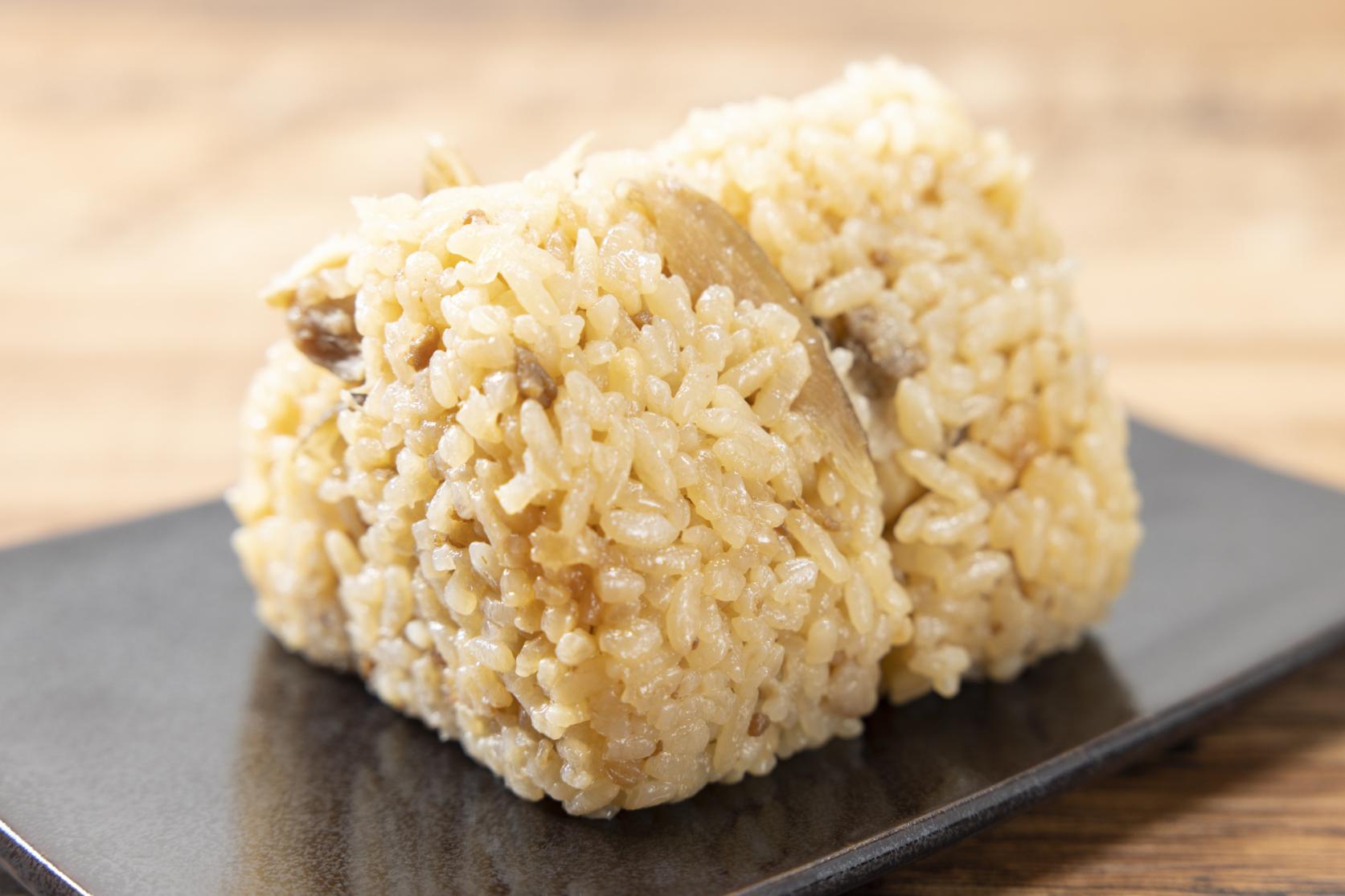
Kashiwameshi (Japanese mixed rice) - The Perfect Partner to Udon
While many traditional udon restaurants serve onigiri (rice balls) and inarizushi (sushi rice wrapped in fried tofu skin), if you’re in Fukuoka, it's standard to eat udon with the local dishes “kashiwa” onigiri (chicken rice ball) or “kashiwameshi” (Japanese mixed rice).
Motsunabe - Tender Offal and Aromatic Garlic to Whet the Appetite!
The energy-boosting and healthy “motsunabe” (offal hotpot) is extremely popular among all kinds of people. While the soup varies depending on the restaurant, it is usually soy sauce or miso-based, and eaten with plenty of chives, cabbage, and garlic to complement the offal. After enjoying the ingredients, add champon noodles or rice to the soup and turn it into a second meal! Motsunabe is also cooked in a shallow stainless steel pot, making it very different from typical hotpot dishes.
Column
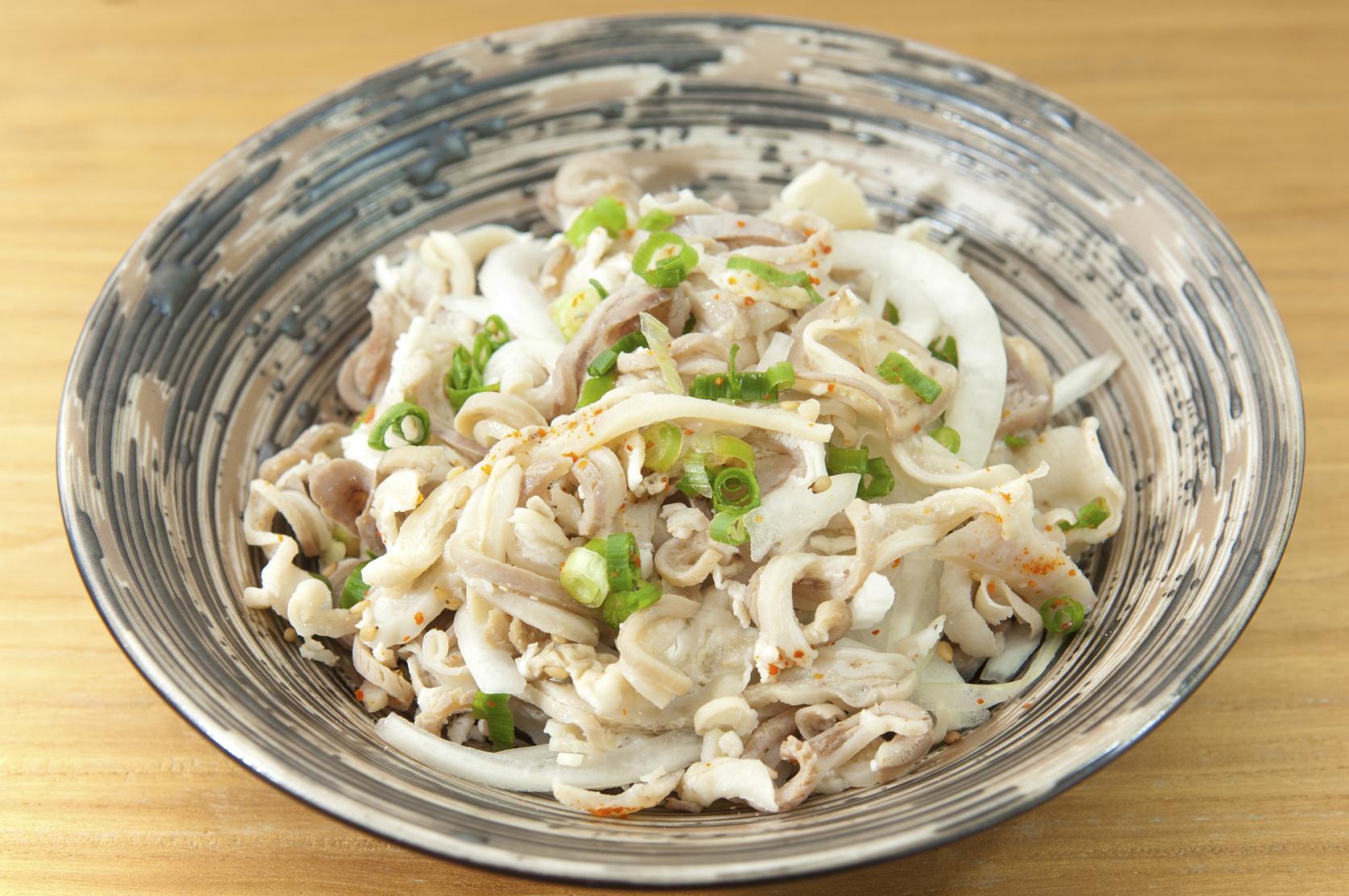
Sumotsu - A Refreshing Accompaniment to Alcohol
Motsunabe goes down a treat with alcoholic beverages, but there is one dish that locals love even more when drinking: “sumotsu.” Sumotsu consists of parboiled offal dipped in ponzu (a sauce made from soy sauce and citrus juice) combined with condiments like chopped green onions. While the innards used for the dish vary, most of the time, pig uterus and other parts with a distinctive texture are favored. The satisfyingly crunchy texture and refreshing taste will surely leave you hooked!
Mizutaki - The Ultimate Chicken Dish Bursting With Umami!
Mizutaki (chicken hotpot) from the Kansai region mainly uses “kombu” kelp as a base for the broth. However, in Fukuoka, mizutaki is made by boiling chicken with the skin and bones (chopped into chunks) for a lengthy time. The resulting soup is utterly delicious, so take the time to first savor its superb flavors with whatever condiments you prefer. Then, dig into the ingredients with a helping of ponzu, yuzu-kosho, or another citrusy seasoning. Finally, turn the leftover soup into rice porridge to finish! The harmony of the fluffy eggs and concentrated chicken flavor will fill your mouth with bliss!
Yakitori - Served With a Mountain of Cabbage!
Fukuoka is home to countless “yakitori” (grilled chicken on skewers) restaurants. In fact, it has the highest number of yakitori restaurants per 100,000 residents in Japan! However, the yakitori culture of Fukuoka is totally different from the rest of the region. Here, pork belly is actually the meat of choice over chicken, and lots of cabbage is served while eating. As pork belly is a juicy, fatty cut, the cabbage gives your mouth and stomach a rest in between helpings. Plus, chicken skin twisted into a spiral is also a staple delicacy in Fukuoka, so be sure to give it a go!
As many restaurants offer all kinds of yakitori outside of chicken, instead of their name “yakitori-ya” (焼き鳥屋), which specifically contains the Chinese characters for “grilled chicken,” people often use the Japanese characters (やきとり屋), in which “grilled chicken” is omitted, indicating the wide range of skewered foods available.
Column
The Unique Yakitori Culture of Kurume
Even within the “Land of Yakitori” Fukuoka, Kurume is unique. Upon entering a yakitori restaurant, you will hear orders for unfamiliar dishes such as “darm” (small intestine), “herz” (heart), and “senpoko” (artery). Would you believe that these are medical terms that originally came from German?! However, this oddball custom is actually fitting for Kurume, which is known to have many medical students.
Yaki Curry - A Nostalgic Dish in Retro Town
Yaki curry is a fashionable dish born in Mojiko, the northernmost town of Kyushu that thrived as an international trading port in the Meiji period (1868–1912). This simple meal is made by pouring curry over rice, topping it with cheese and egg, and then baking it in an oven.
An icon of Mojiko, yaki curry is widely popular, and there are more than 20 restaurants serving it today. Despite its simplicity, each restaurant has a completely different take on the spices, presentation, and ingredients. Try two or more, and you’ll see how unique they are! Embarking on a gourmet tour is a great way to spend a day in Mojiko!
Mentaiko - Perfect for Souvenirs
For many, the definitive Fukuoka souvenir is “mentaiko” (pollack roe seasoned with salt and spices). Fukuoka is the birthplace of mentaiko, and remains by far its largest producer and consumer in Japan, making it no exaggeration to also call it the “Land of Mentaiko.” Mentaiko has a simple taste, and it goes well with anything, from pasta to rice crackers, and as a topping on rice. It also has its own characteristics brought out by the artisans behind the dish, so definitely take the time to savor it! Sample a few and find a favorite to bring home!
-
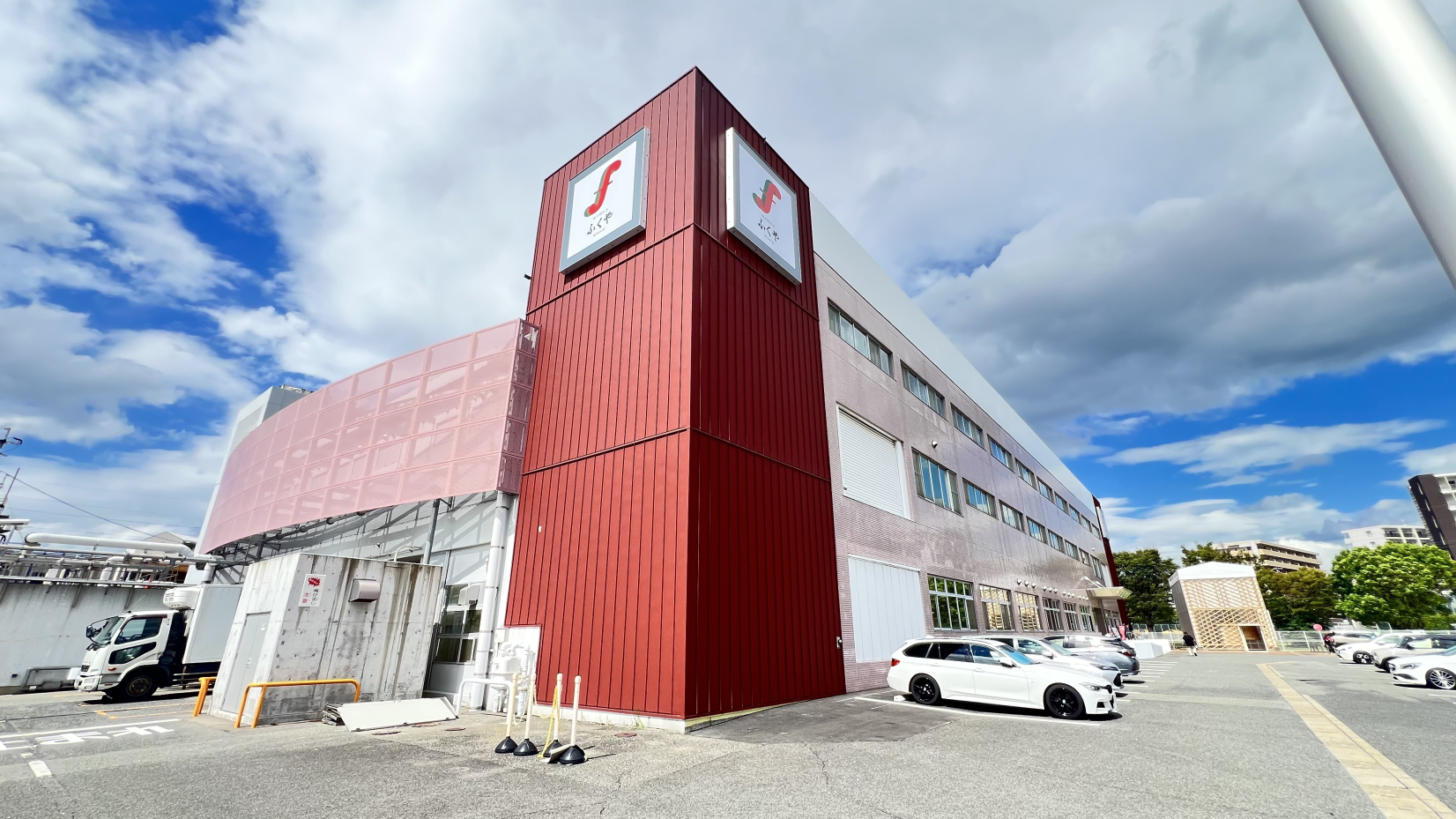
Hakata Food and Culture Museum HAKU HAKU
View moreHakata Food and Culture Museum HAKU HAKU is a museum exploring the history of “mentaiko” cod roe and how it is made. Here, you can shop for tasty souvenirs, make mentaiko with your preferred spiciness, or indulge in an all-you-can-eat buffet of freshly made mentaiko.
-
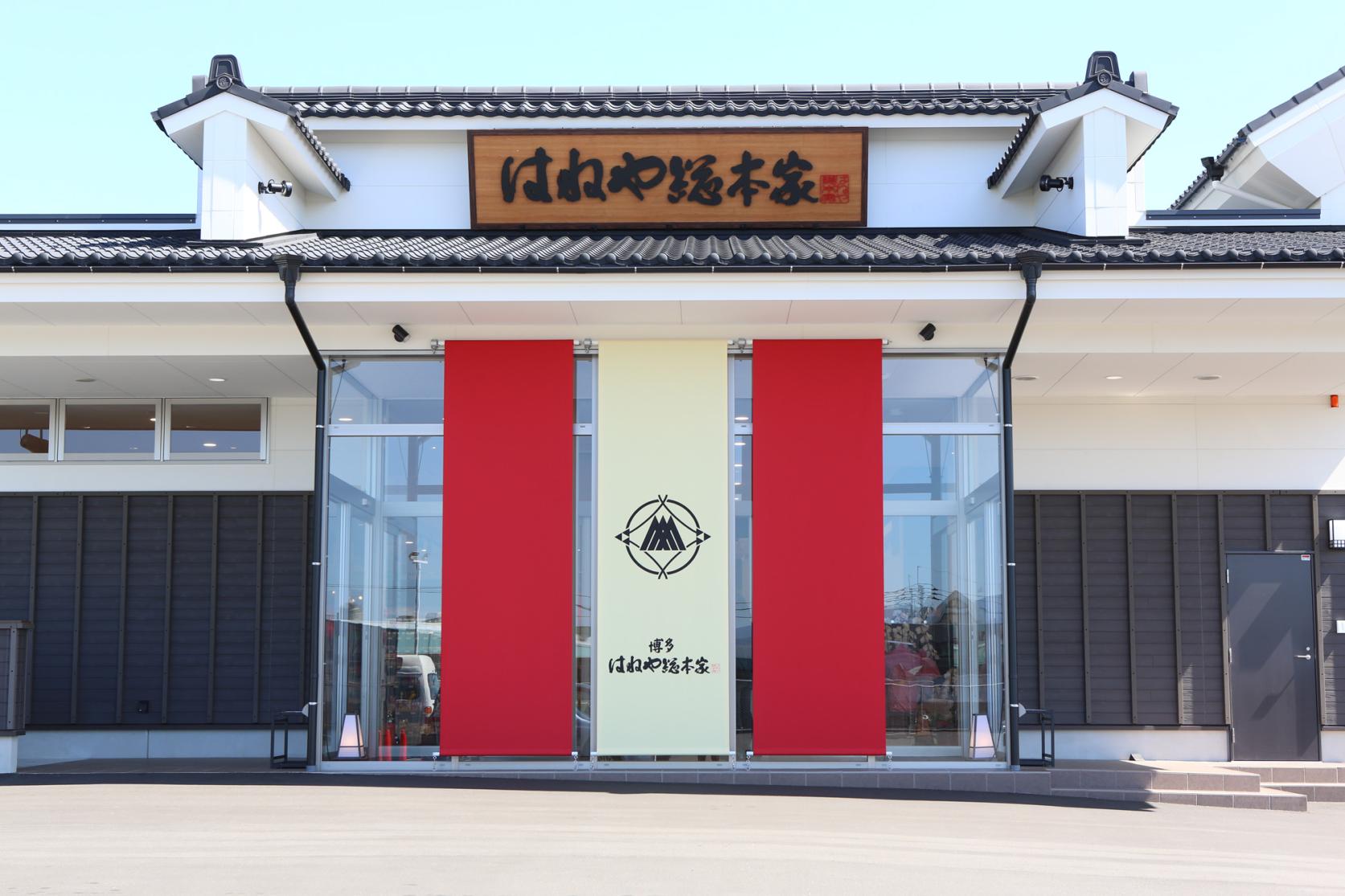
Hakata Haneya Sohonke
At Hakata Haneya Sohonke, which is conveniently located near Fukuoka Airport and Hakata Station, you can observe the mentaiko-making process at the Mentaiko Workshop, or try and make some yourself under the guidance of a master of “karashi mentaiko” (salted cod roe with red chili peppers) at the Mentaiko Dojo.
Sensational Seafood Dishes, Too!
Fukuoka faces the Genkai Sea, one of the world's leading fishing grounds where the Tsushima Current flows, so fresh seafood is always available! You should definitely try the local specialty “goma-saba” (mackerel seasoned with soy sauce and sesame), along with seasonal delights like “ika no ikizukuri” (live squid sashimi), made with translucent squids resembling jewels, and “uchiwaebi” (fan lobster) that many claim is even more delicious than the coveted Japanese spiny lobster! For unforgettable memories, dare yourself to eat the unusual delicacies of Yanagawa, such as mudskippers and “warasubo” (a species of eel goby), caught in the Ariake Sea!
Column
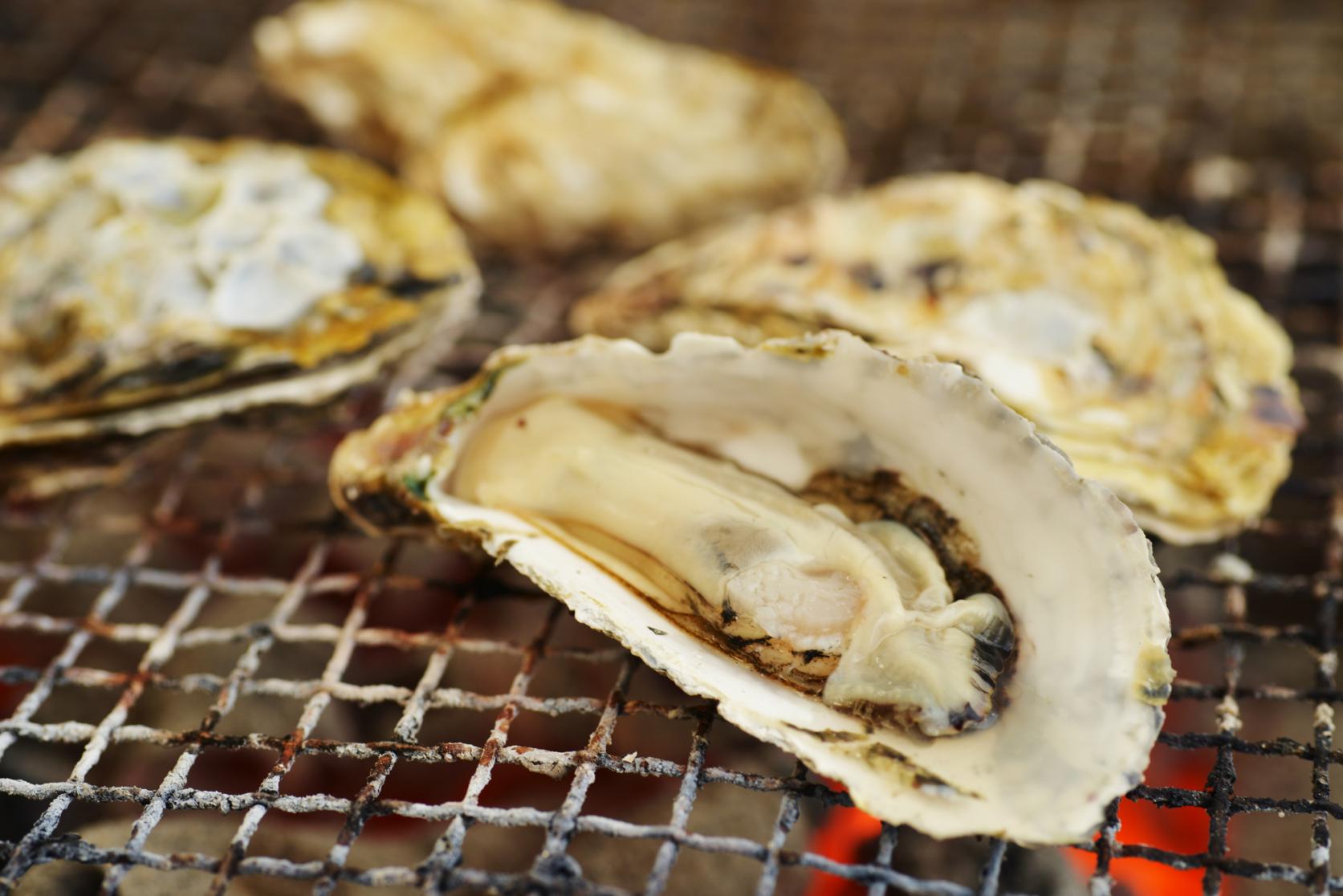
Enjoy the Oyster Huts!
Oyster farming flourishes in Itoshima, and many “oyster huts ” open during the season (from mid-October) every year. These huts offer not only oysters, but also fresh seafood, dried fish, and even rice dishes. Locals and visitors alike love grilling up the seafood over the charcoal or gas grills, which comes straight from the fisheries and is reasonably priced. If you’re in the Kitakyushu area, stop by the popular Umi Terrace Buzen Hochikumaru no Hamayaki Goya, which opened in 2021.
Amaou - Fukuoka's Own Brand of Strawberry
The name Amaou, which is one of the two major Japanese strawberry brands alongside Tochiotome, is an acronym derived from the “a” in “akai” (red), “ma” in “marui” (round), “o” in “okii” (large), and “u” in “umai” (delicious). True to their name, these strawberries are sweet and rich in taste, and their large size makes them satisfying to eat. In fact, an Amaou strawberry was even recognized as the world’s heaviest strawberry by the Guinness World Records! As they are only produced in Fukuoka, Amaou strawberry picking is a must-do while traveling Fukuoka. They are widely cultivated throughout the prefecture, so make sure to try it in whatever area you end up visiting!
A Large Number of Food Stalls
The area around Hakata and Tenjin are known as Japan's largest “yatai-gai” (street with rows of food stalls), and there are around 100 “yatai” set up on any given night. It is also the only part of Japan selected as one of the Top 10 Street Stall Cities in Asia. The stalls in Fukuoka offer not only ramen, but also unique Fukuoka dishes like “yakitori” chicken skewers and bite-sized dumplings. Prices are very reasonable, making it fun to go stall-hopping! Hakata/Tenjin's yatai-gai is conveniently located, so even if you only have a little time to spare on your way home from a business trip, you can still drop by!


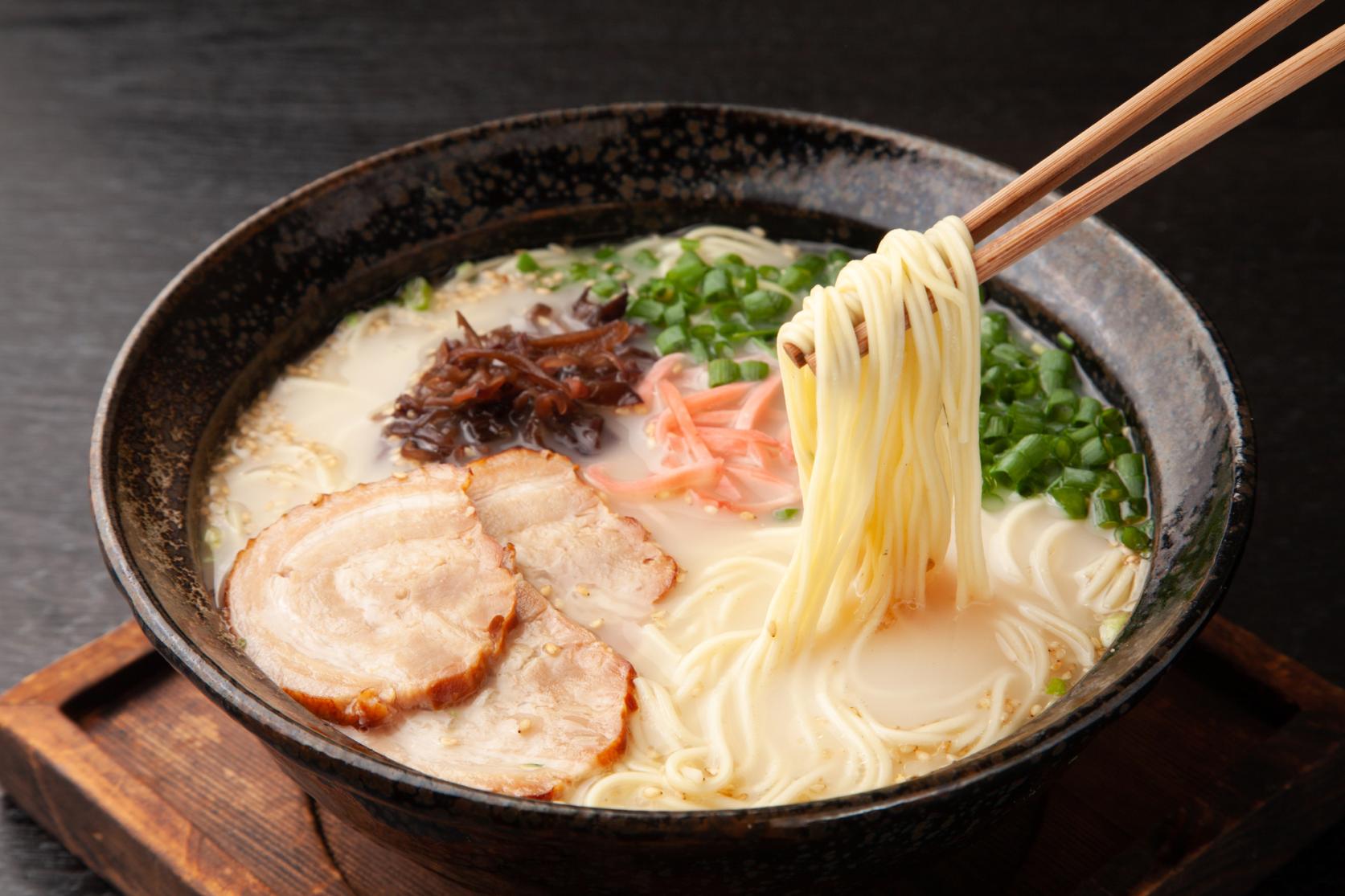
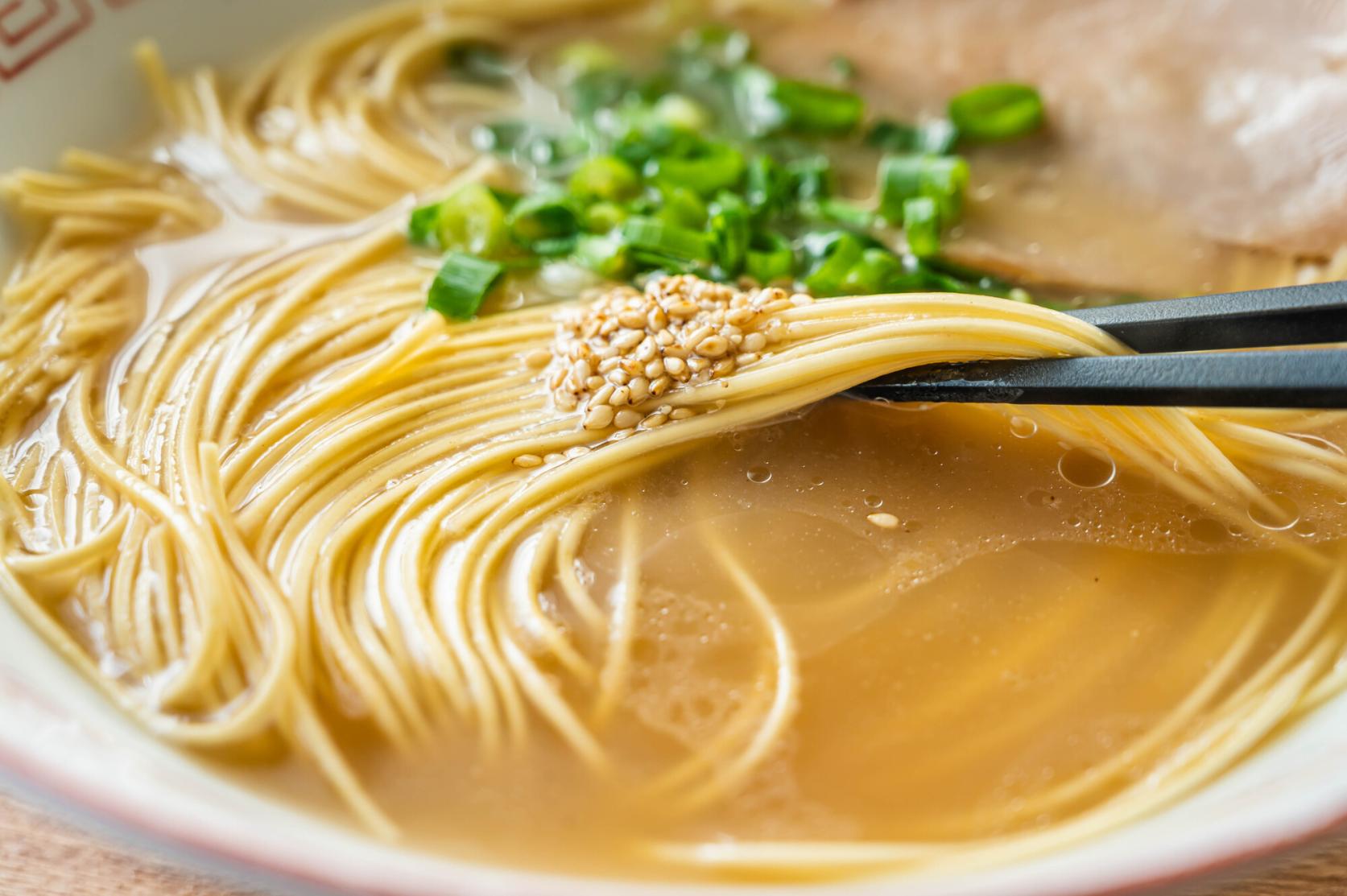
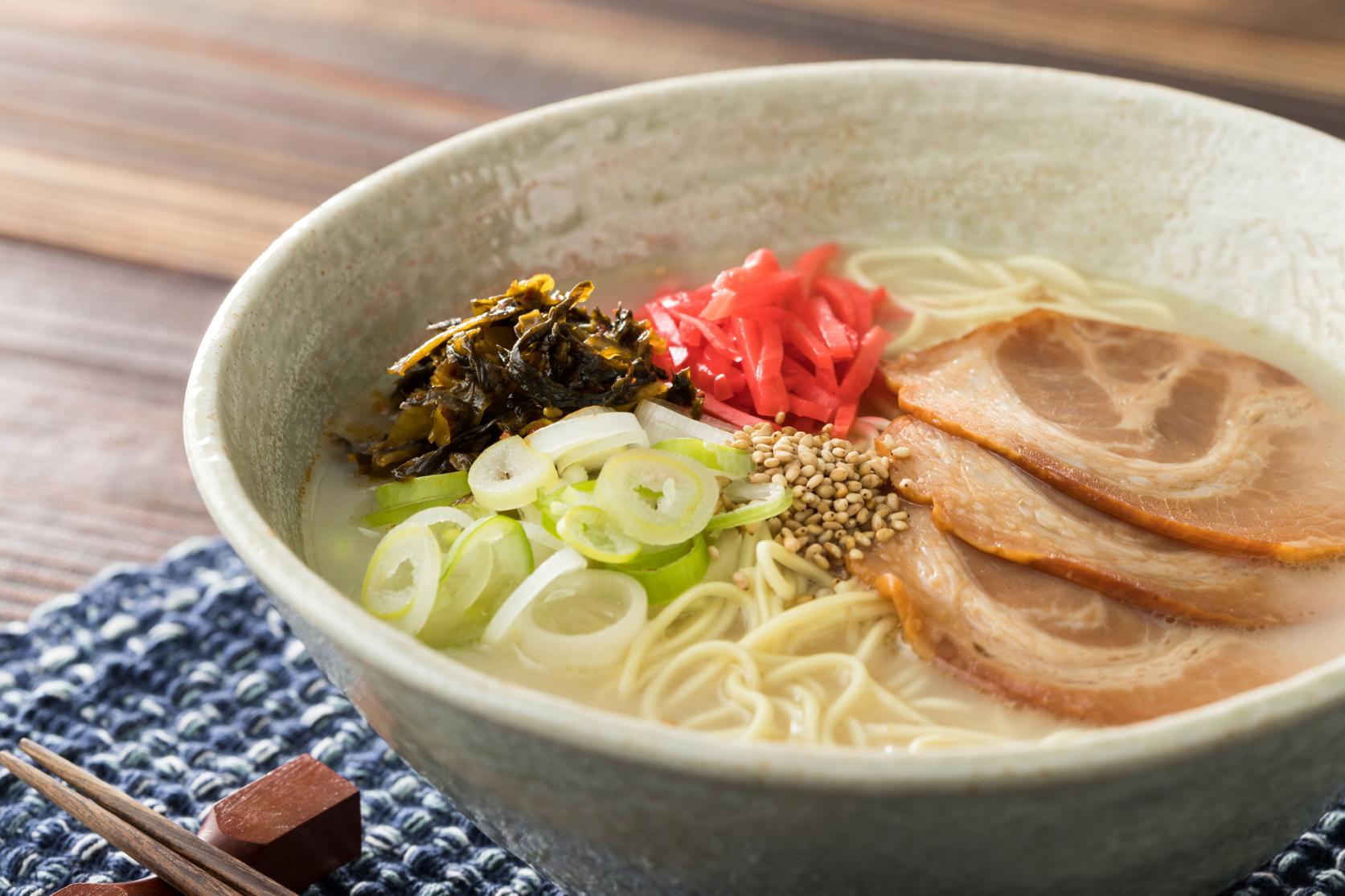
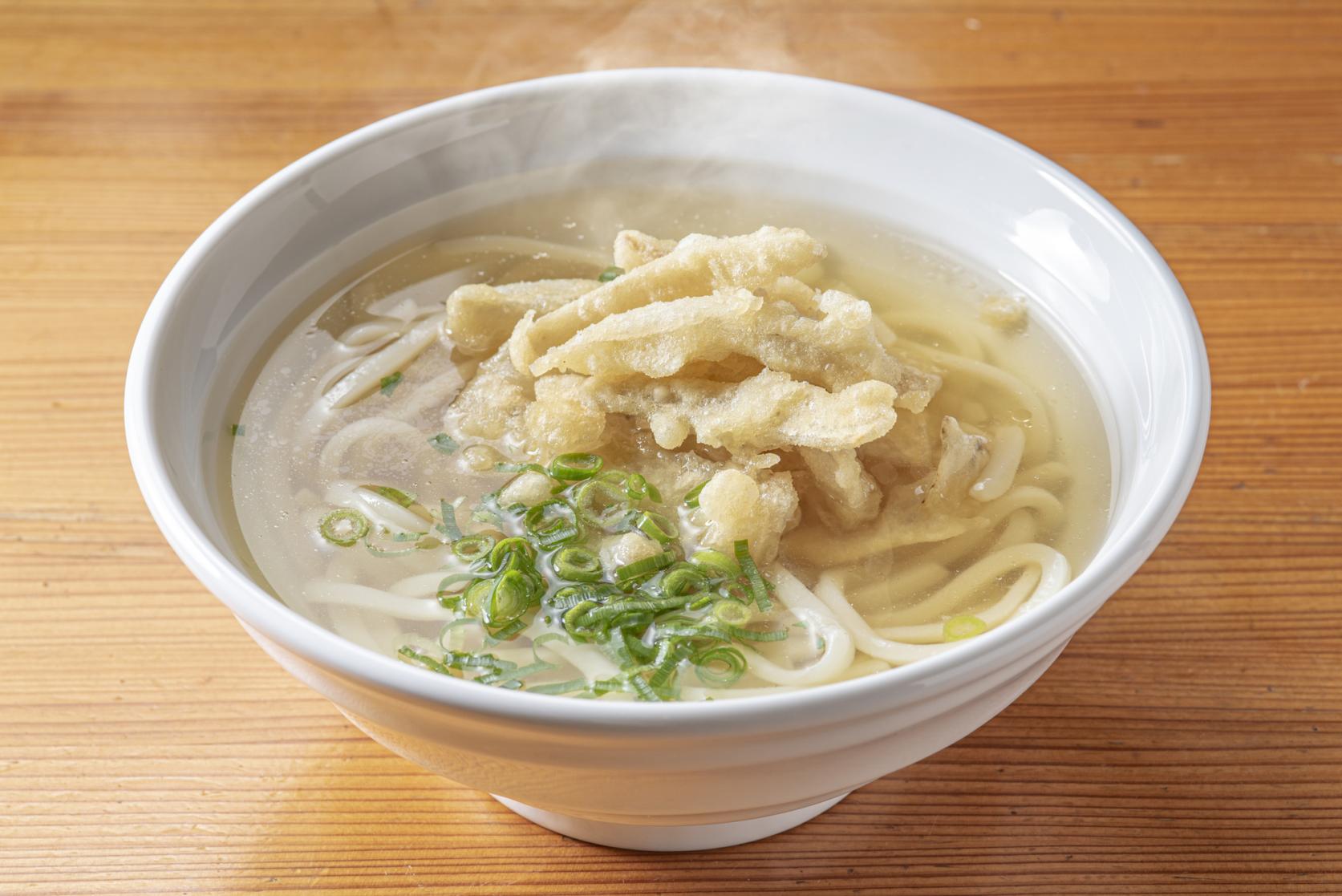
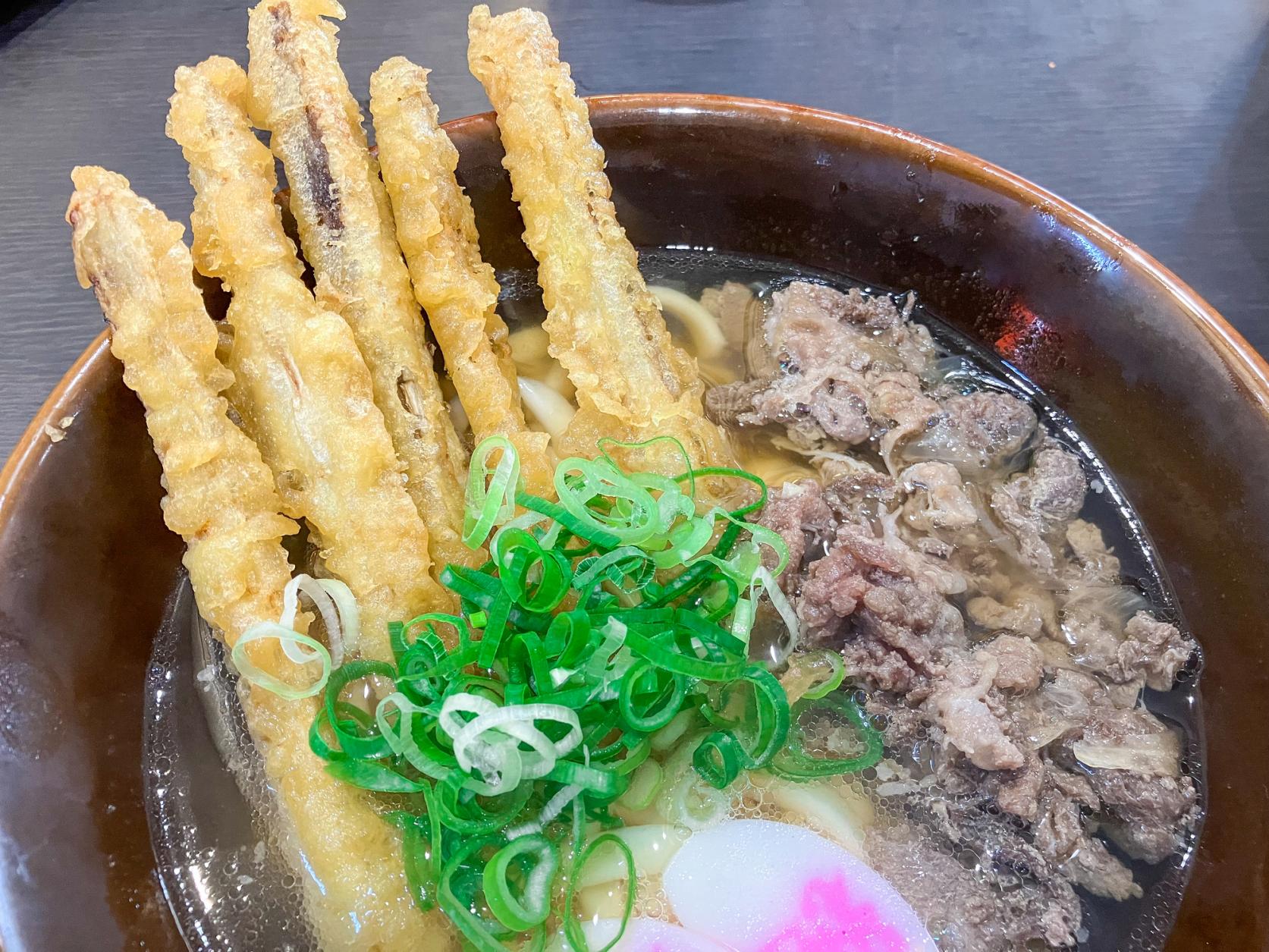
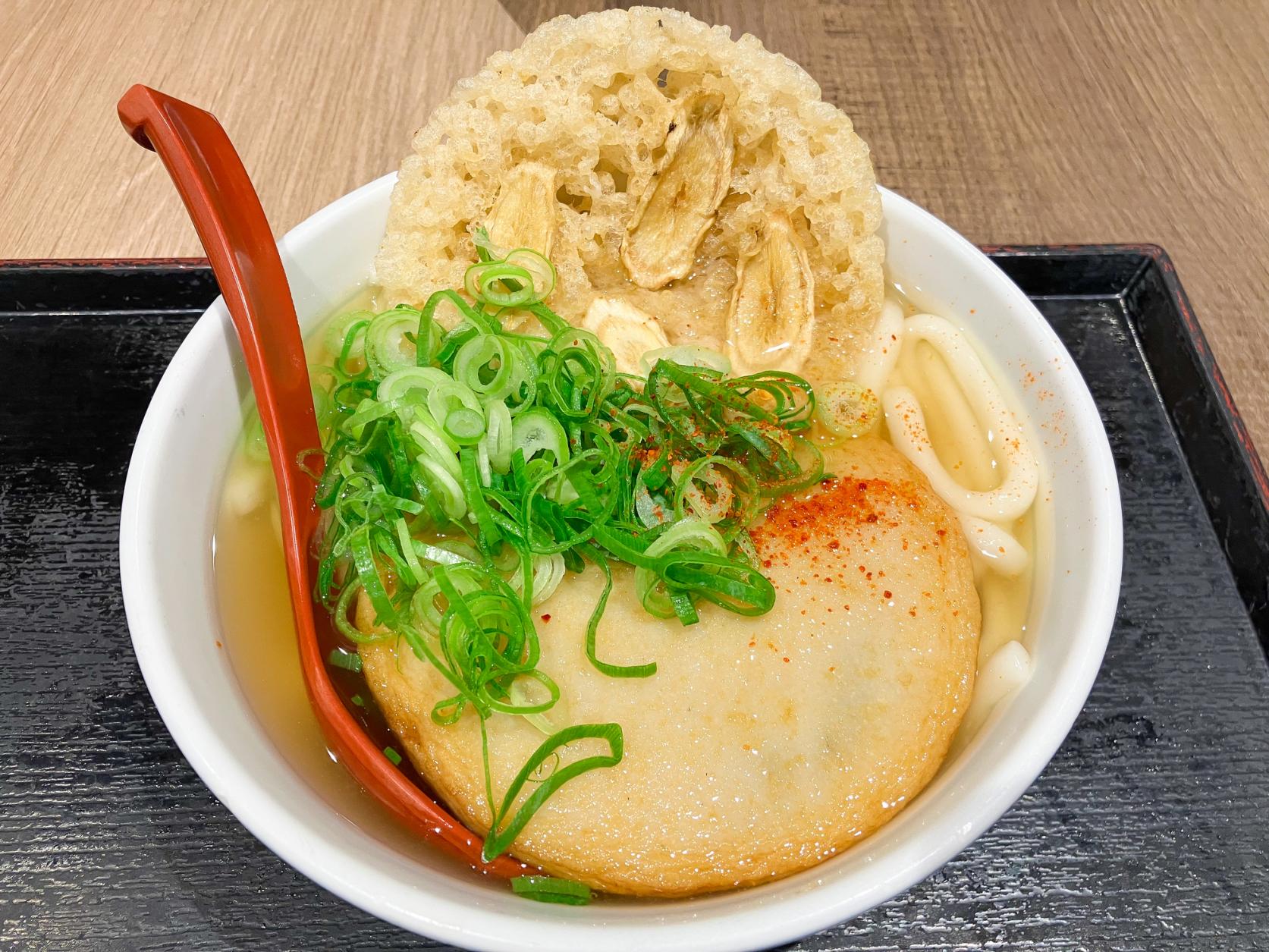
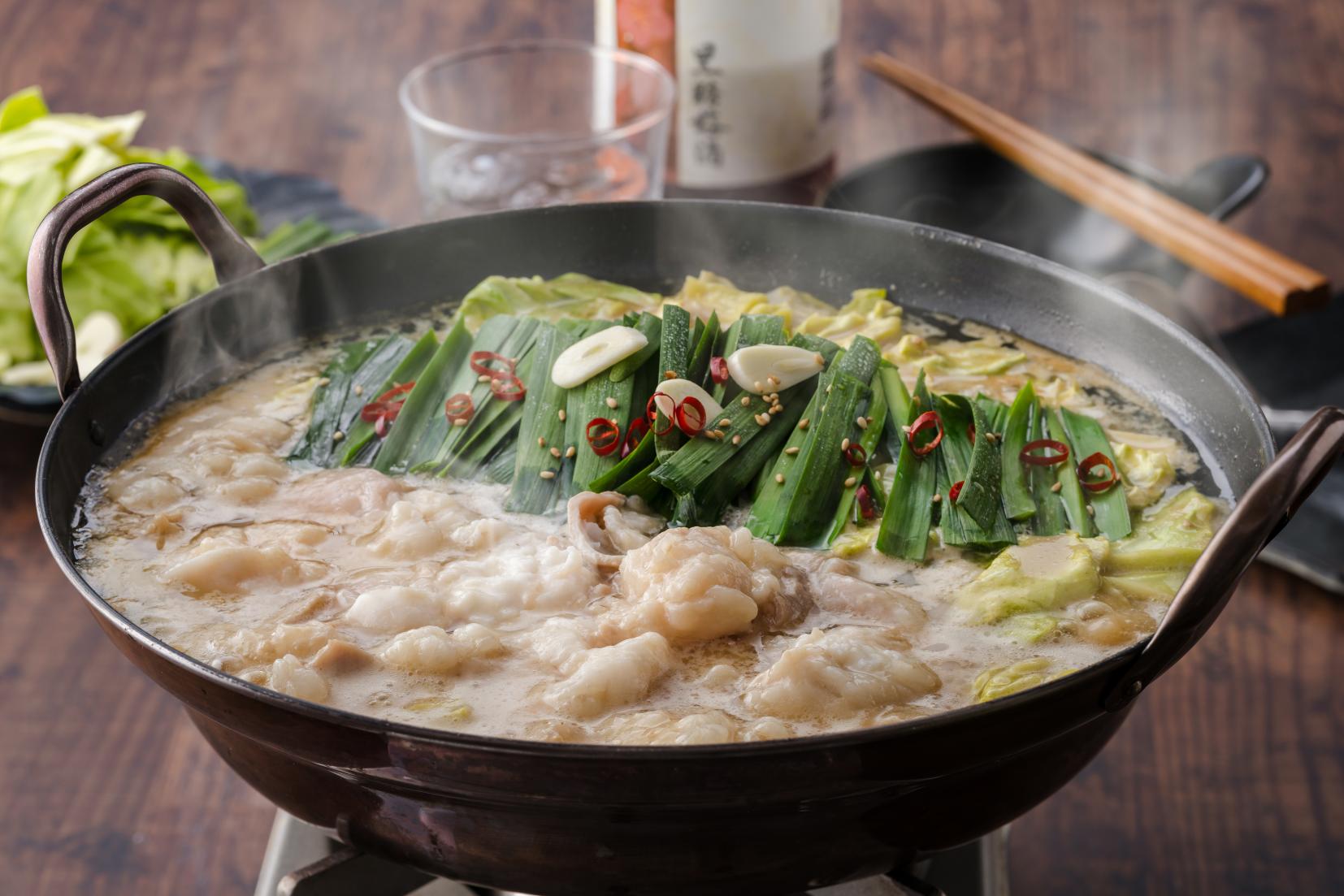
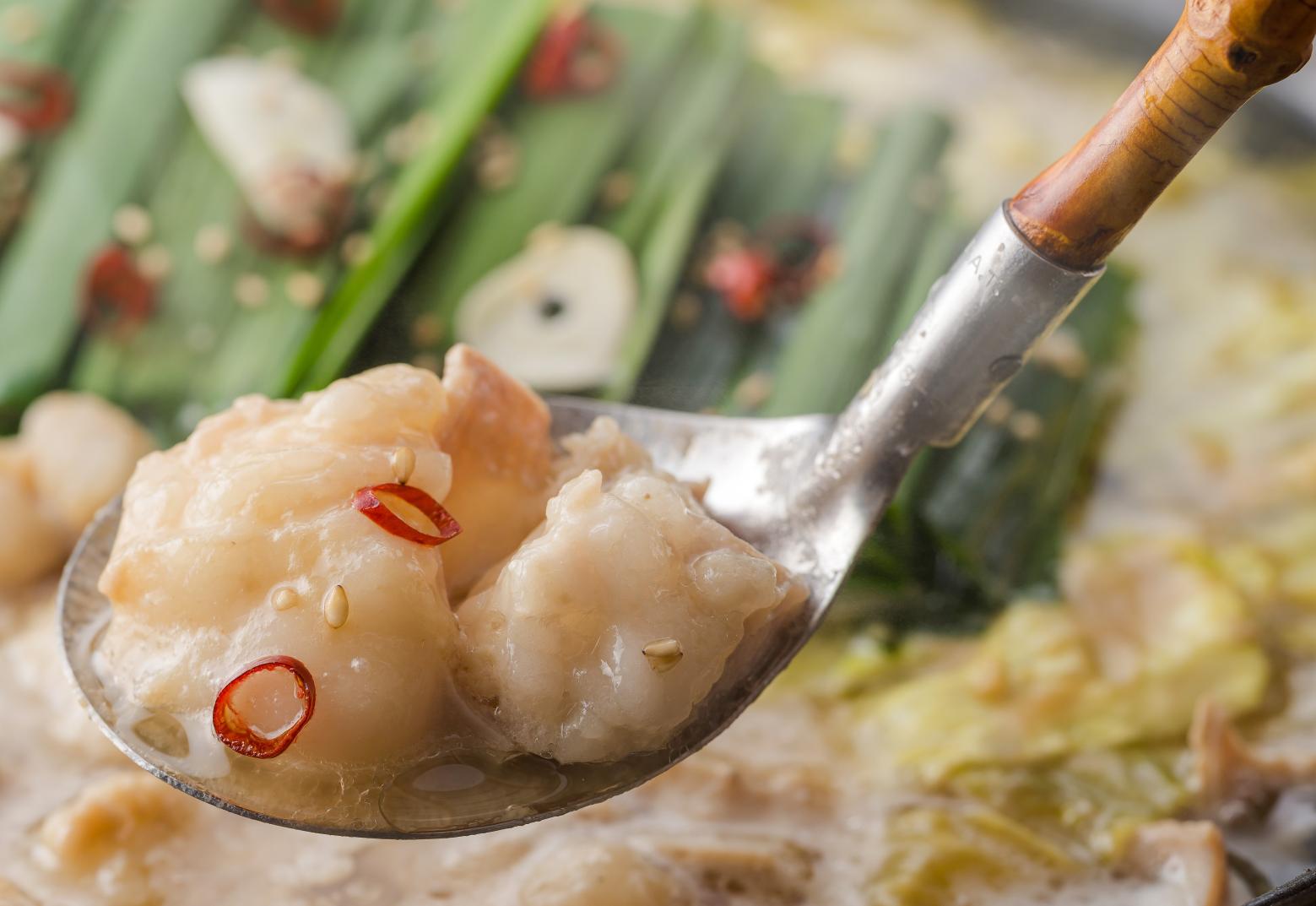
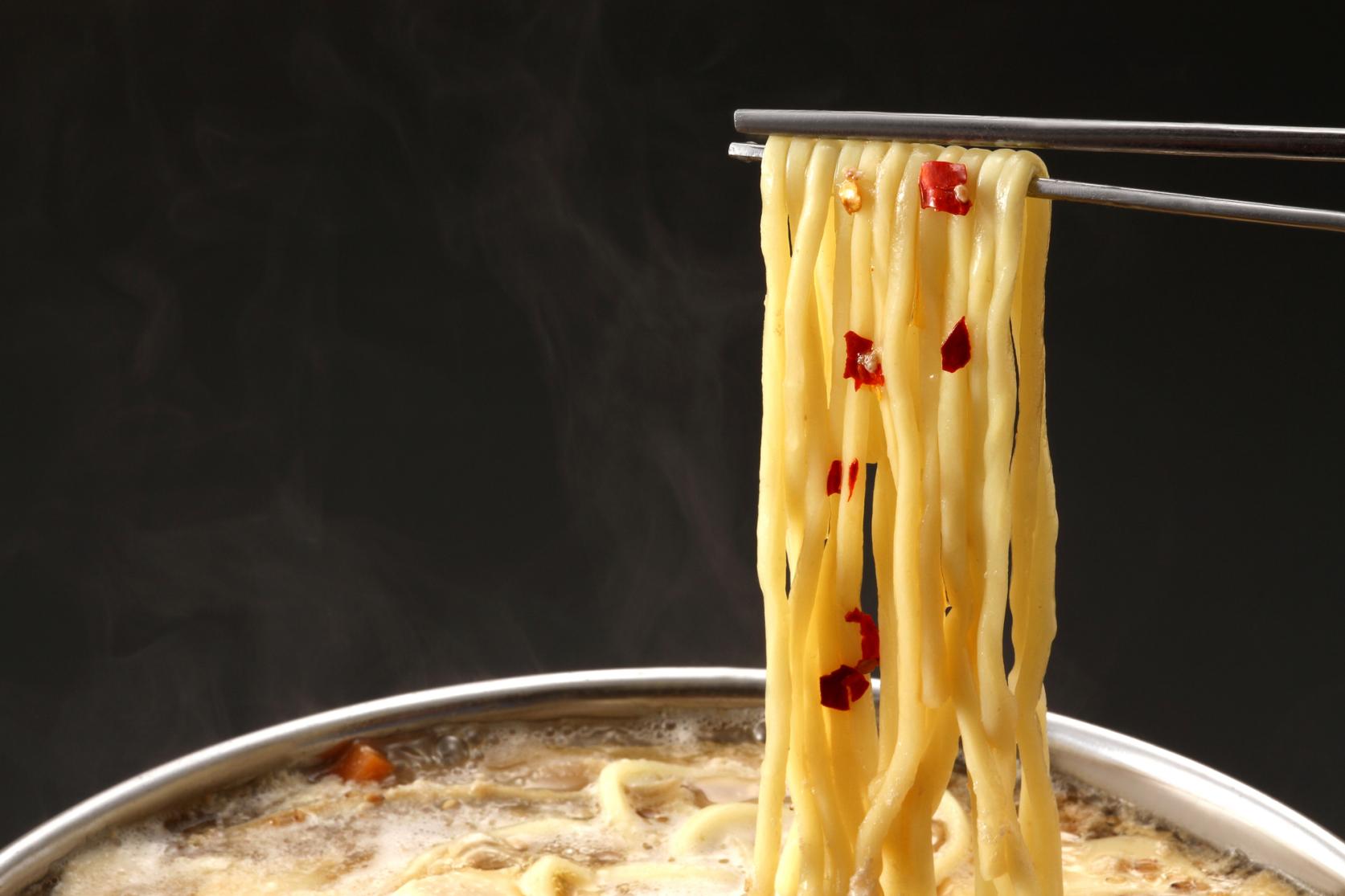
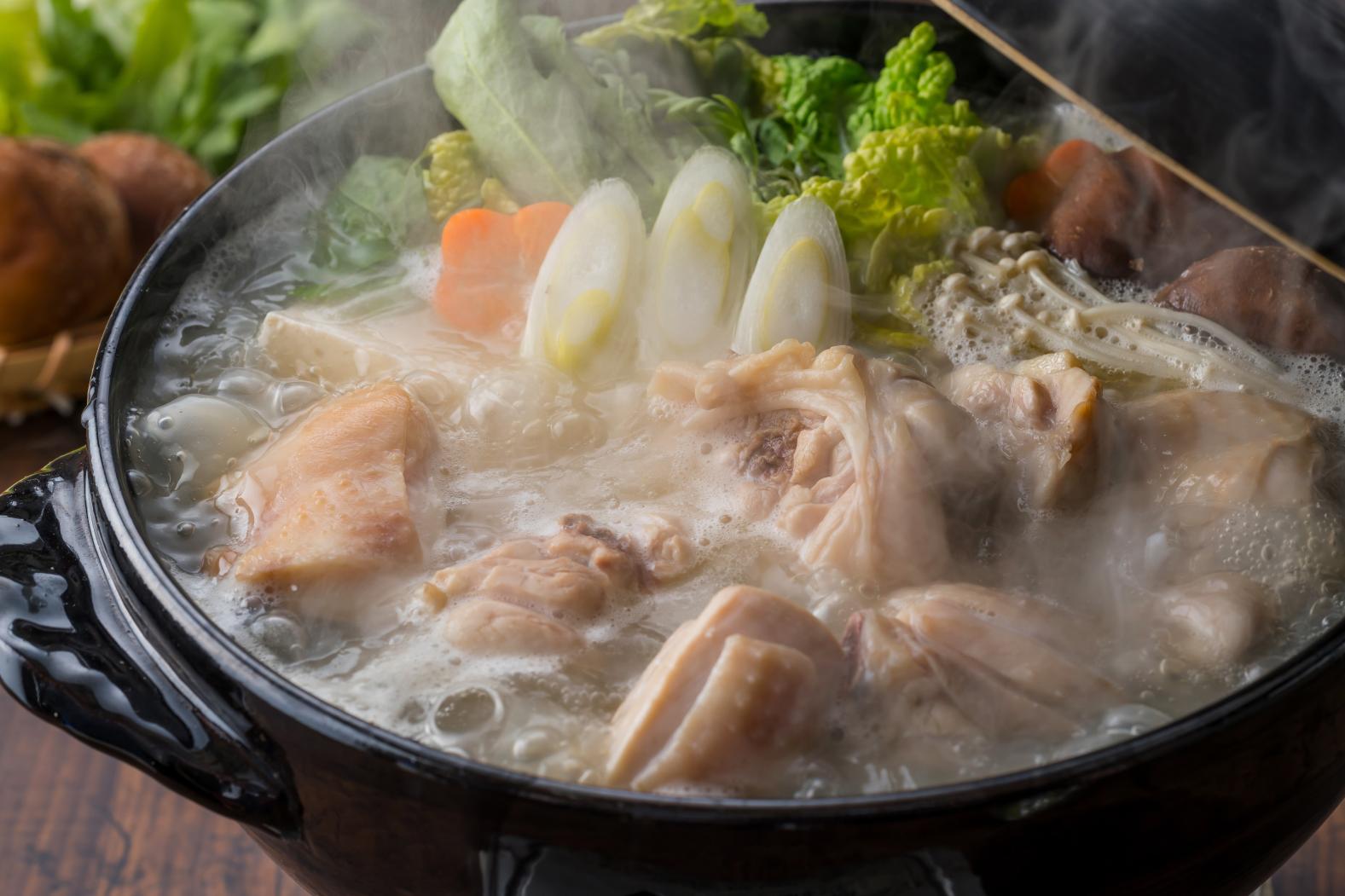
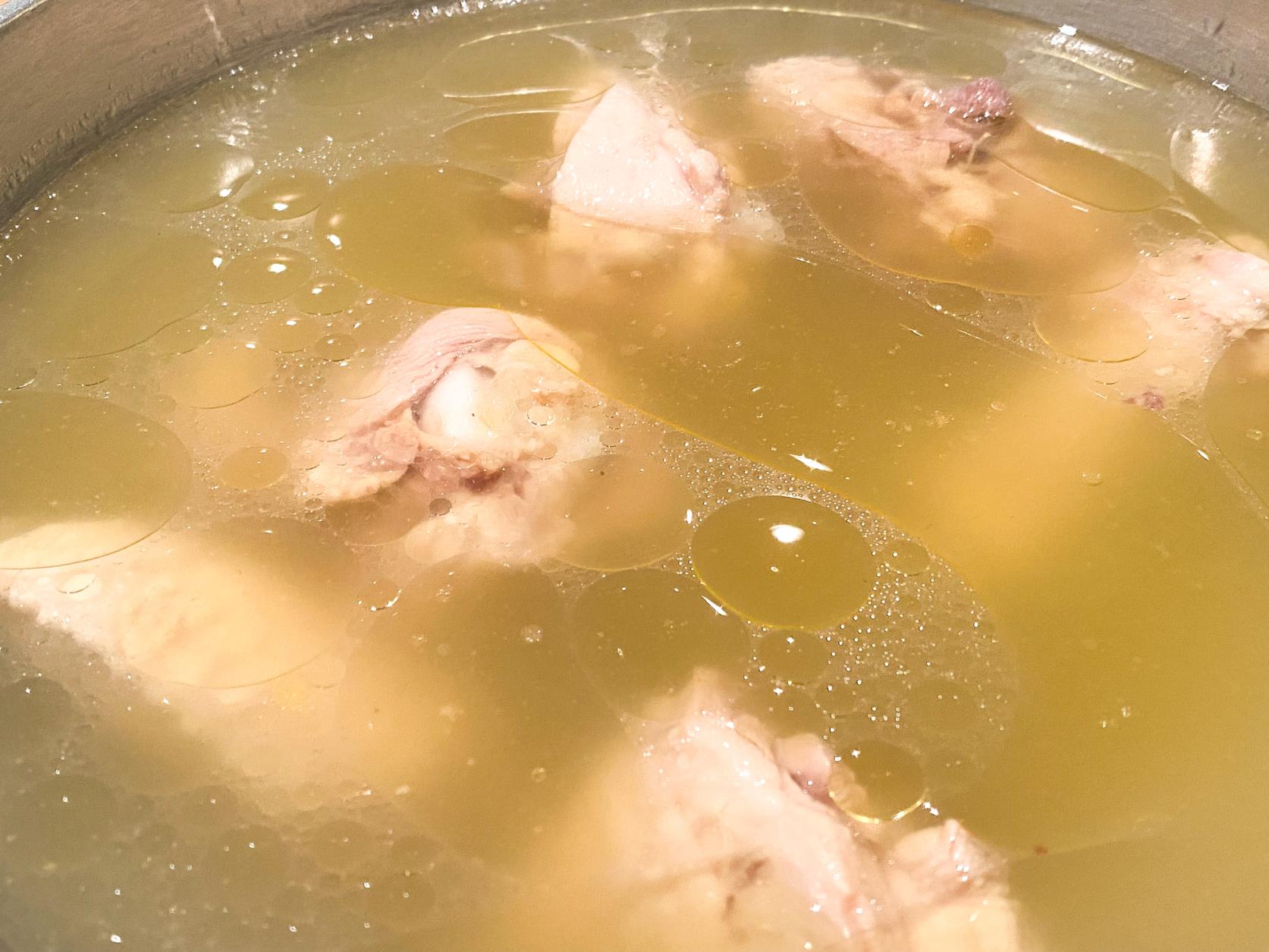
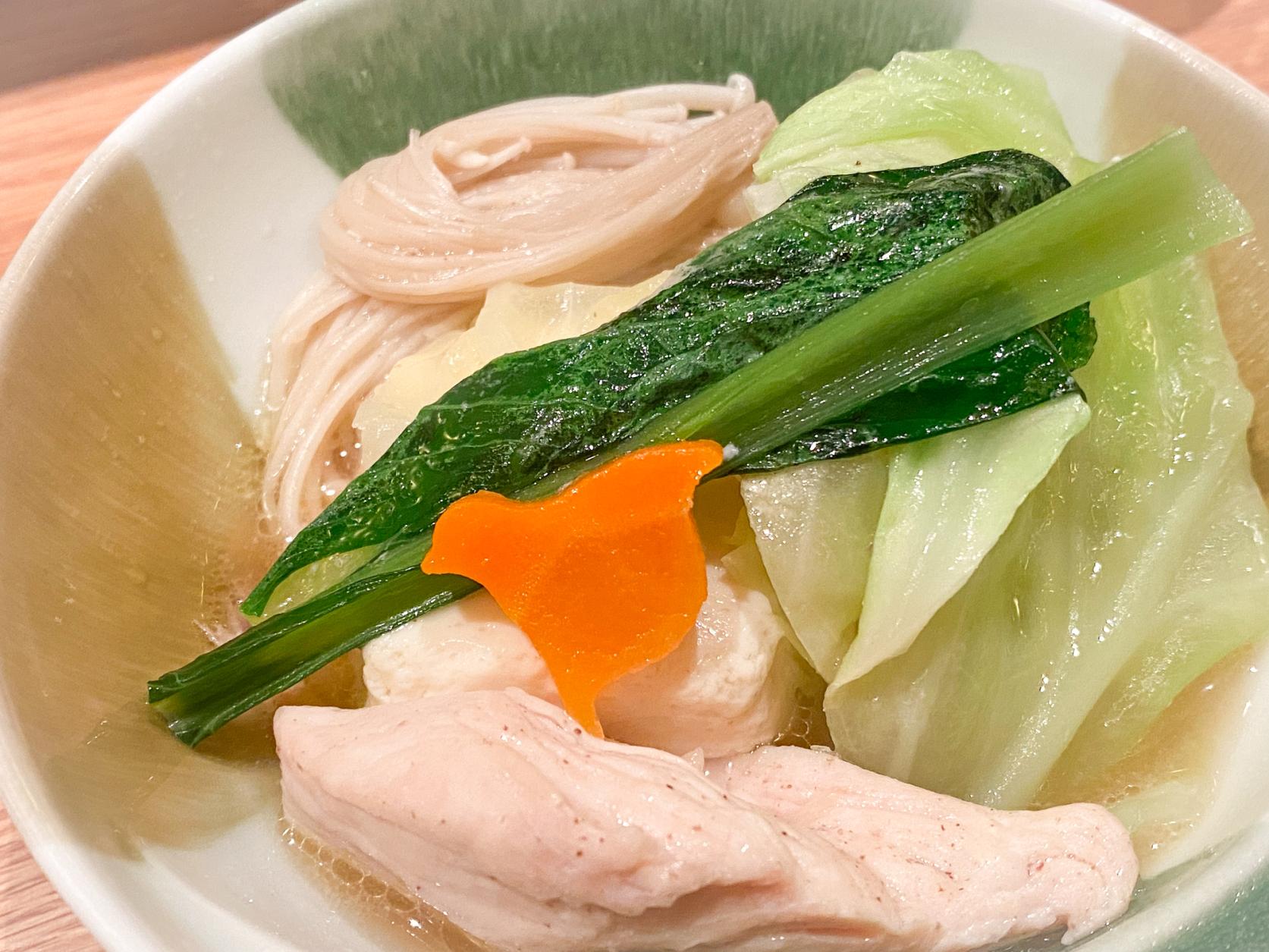
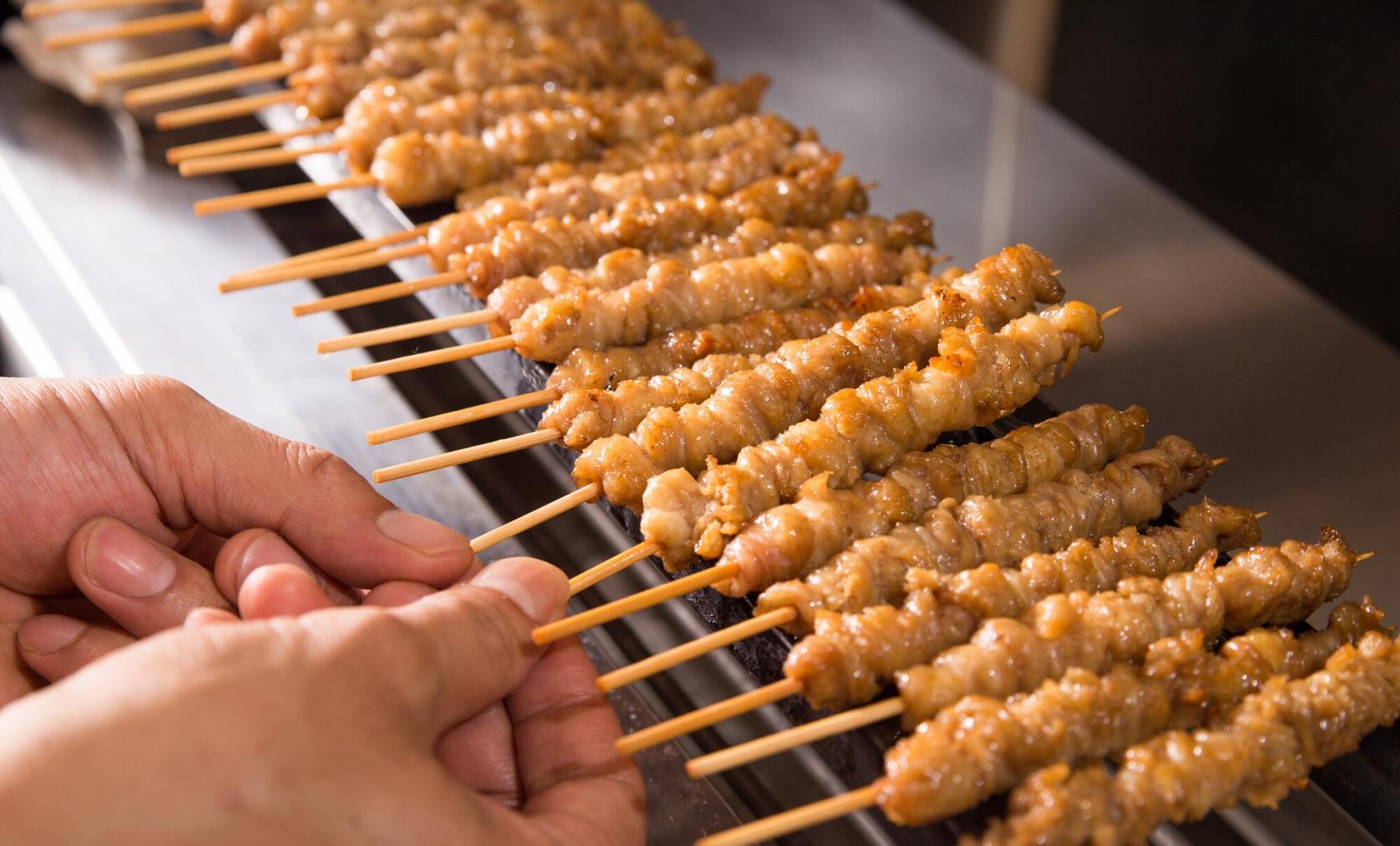
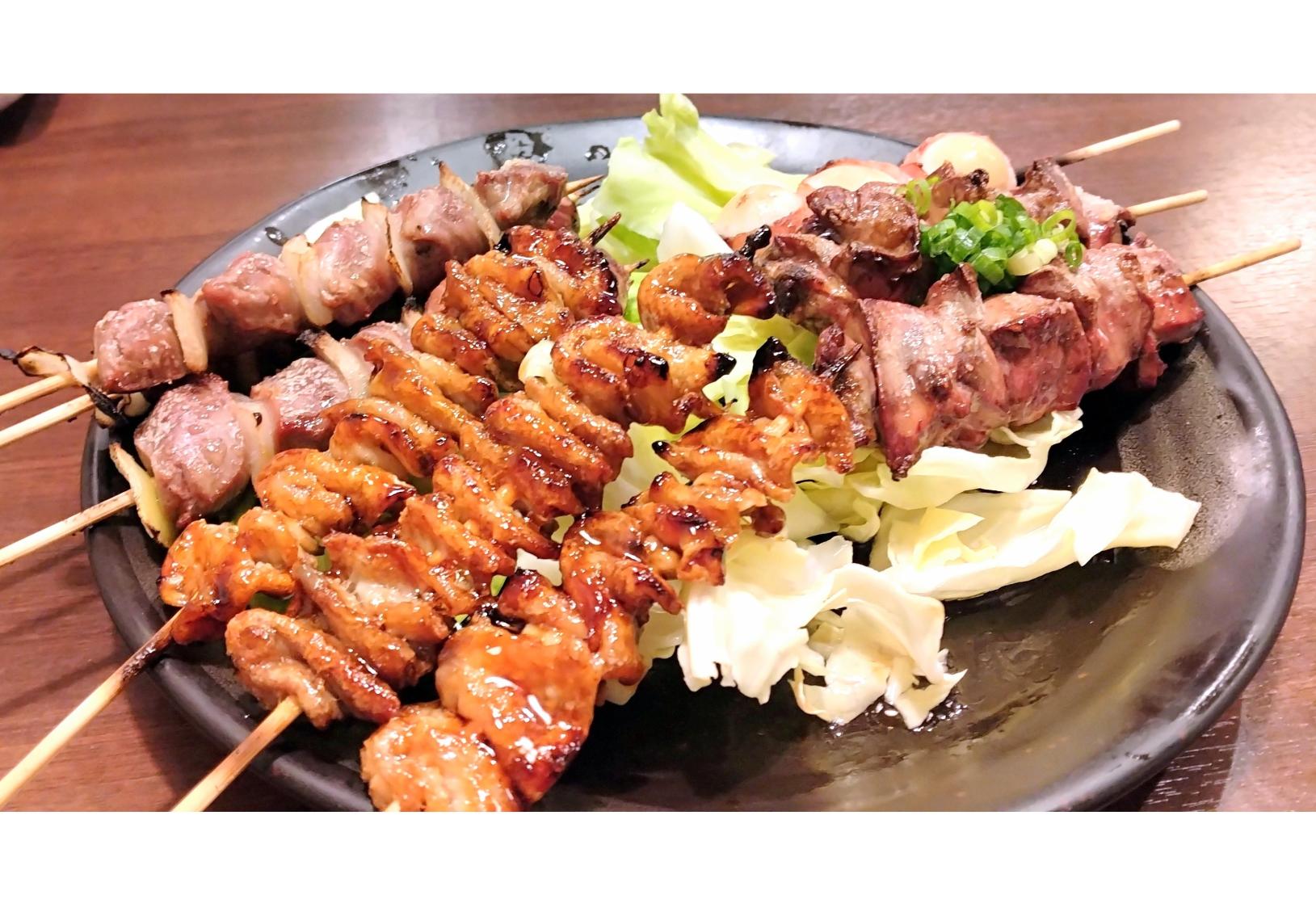
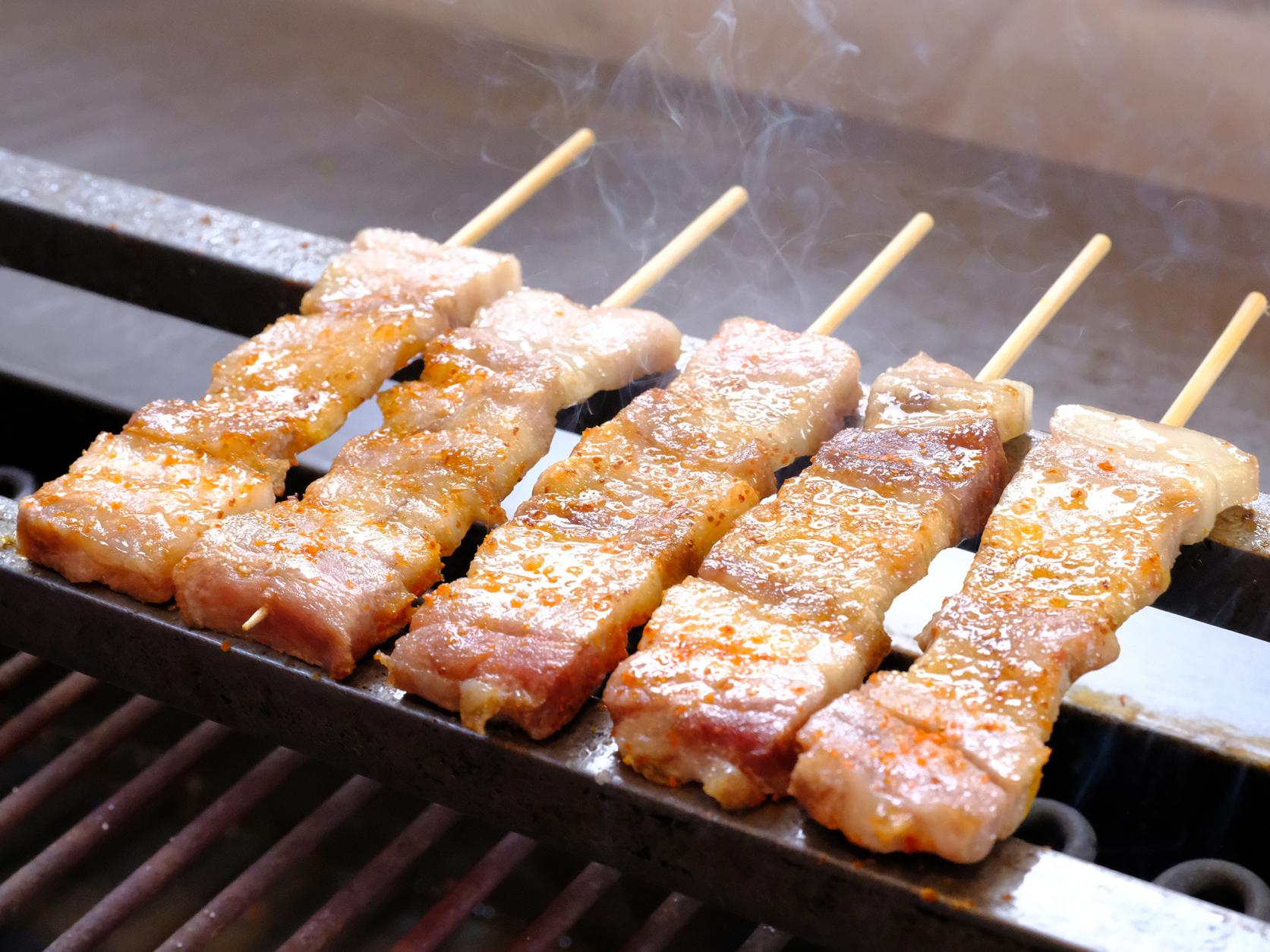
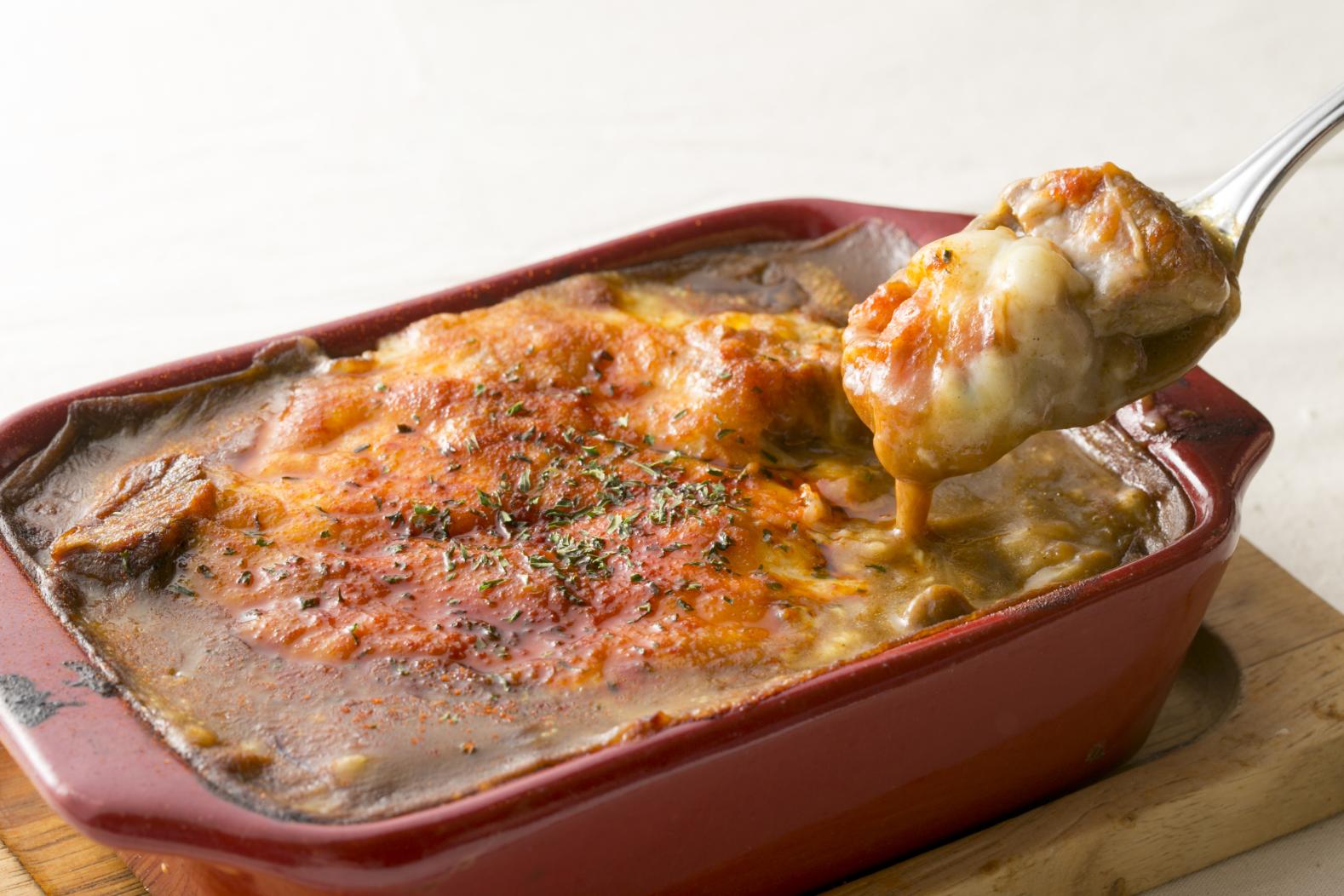
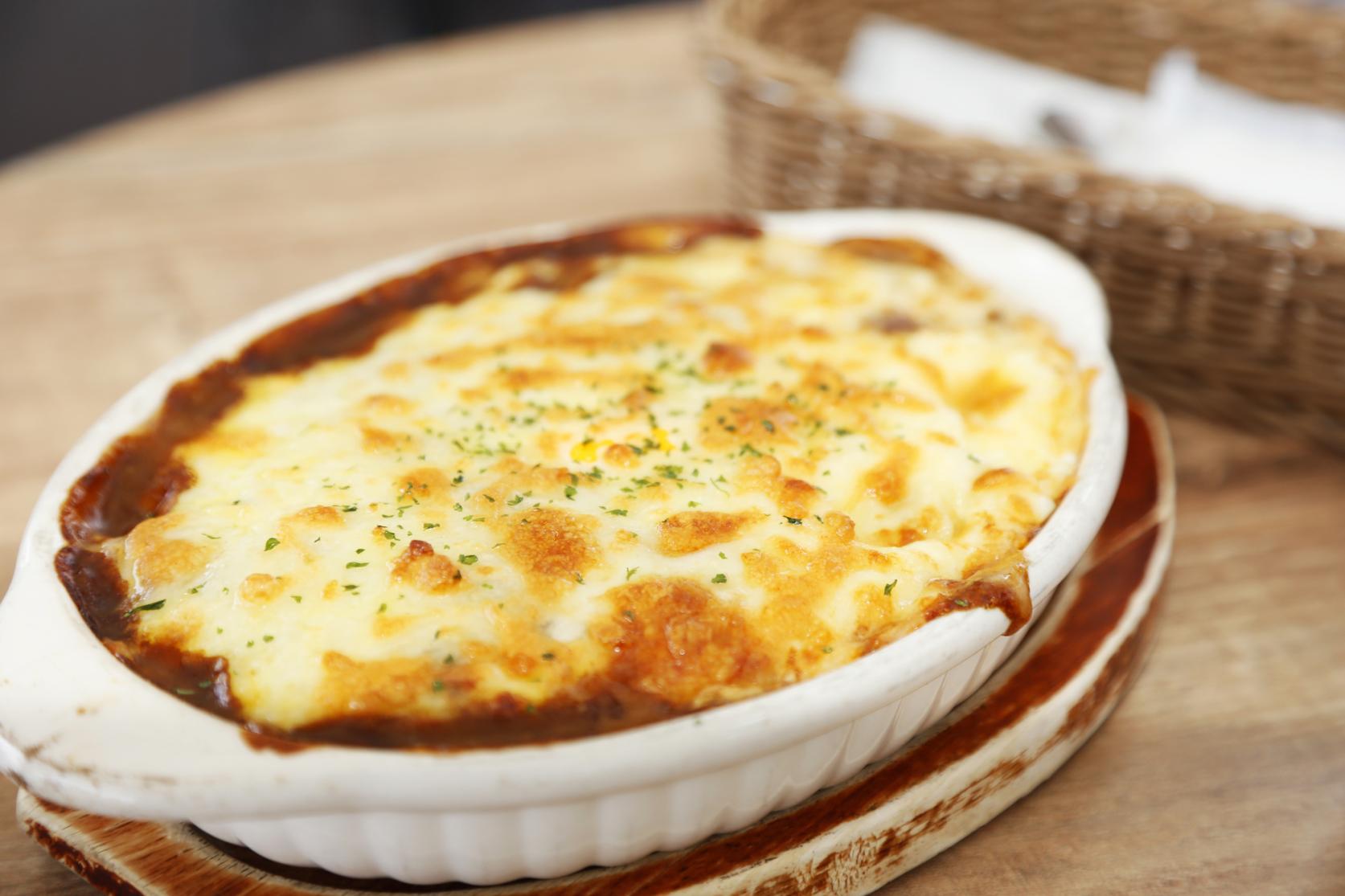
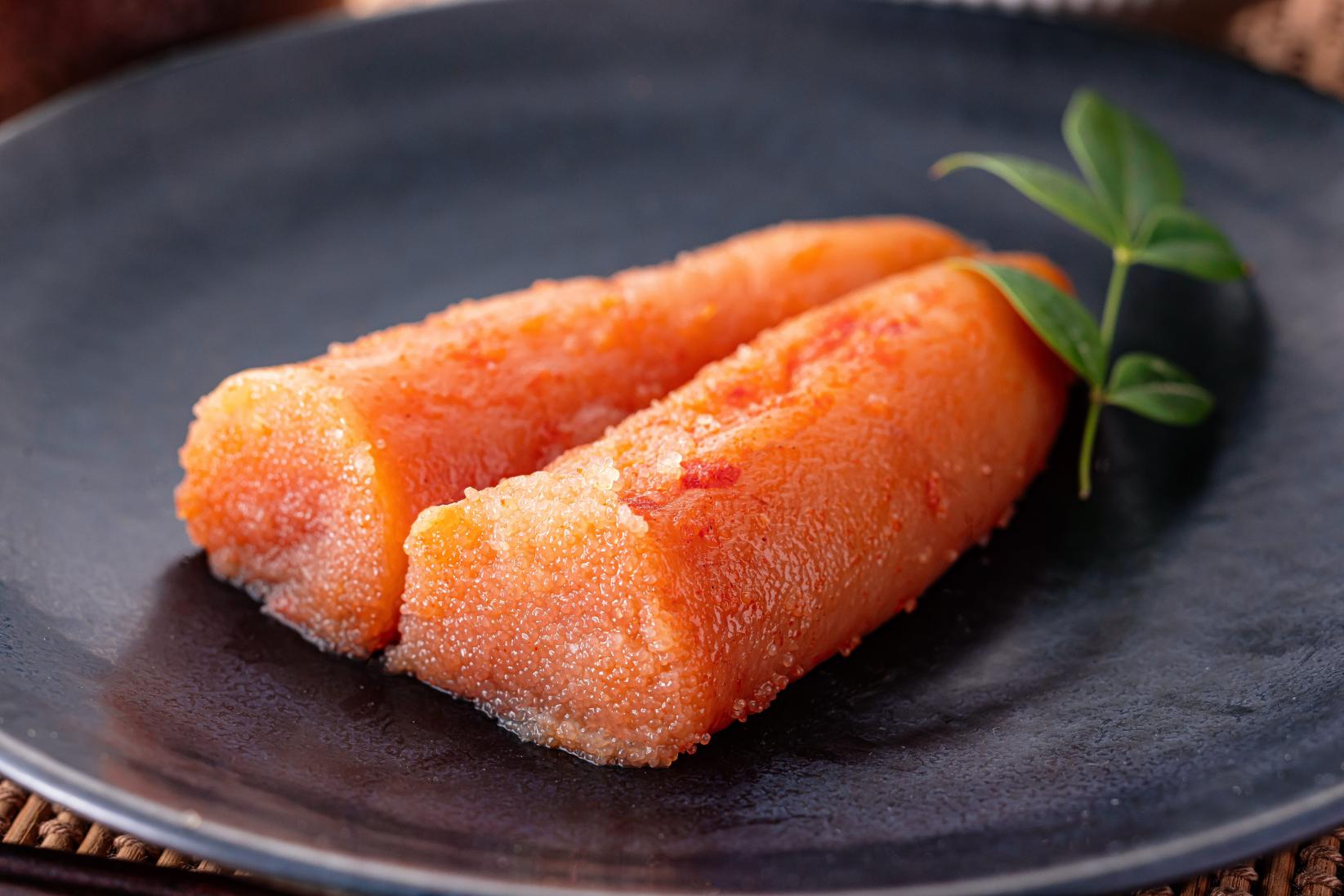
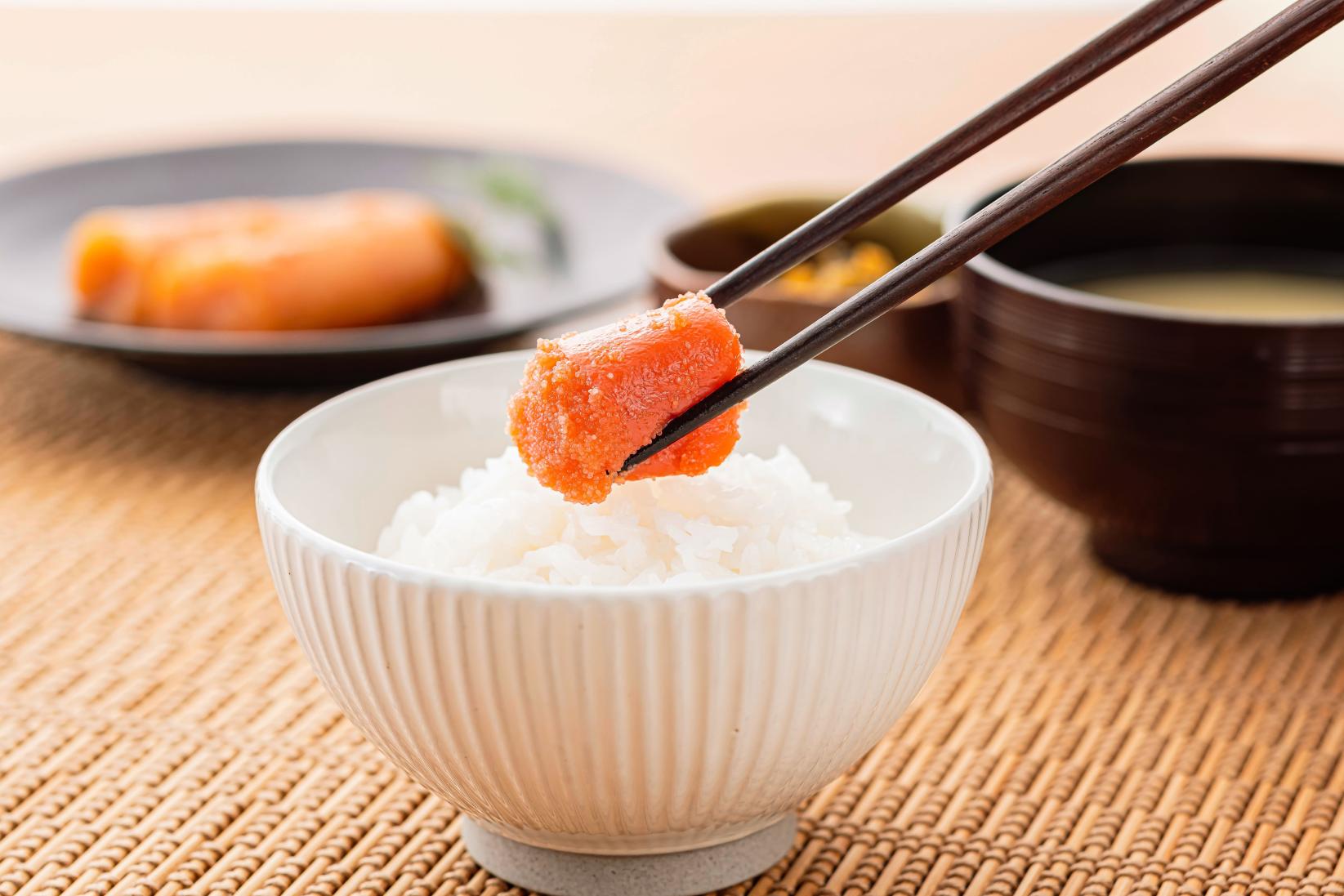
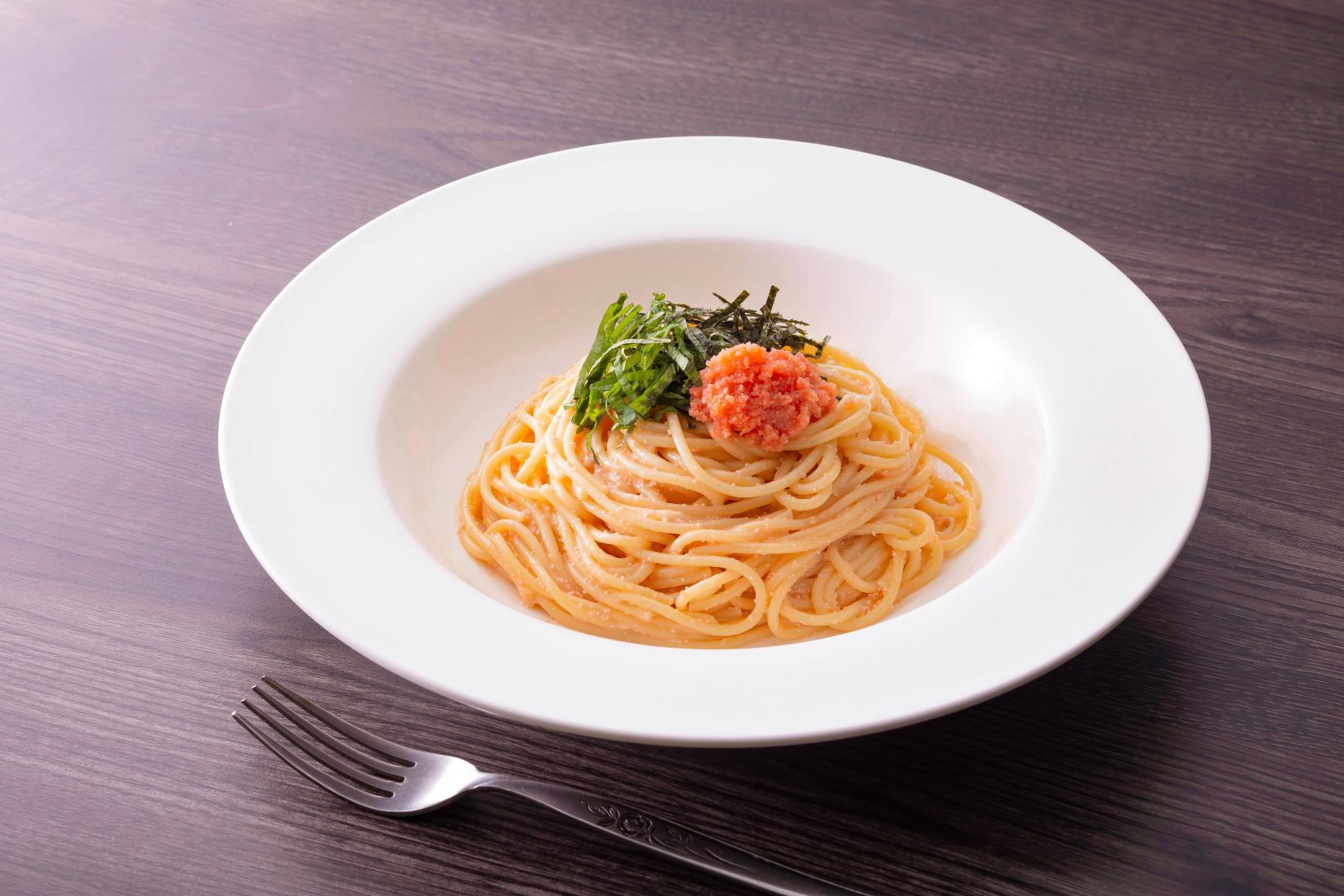
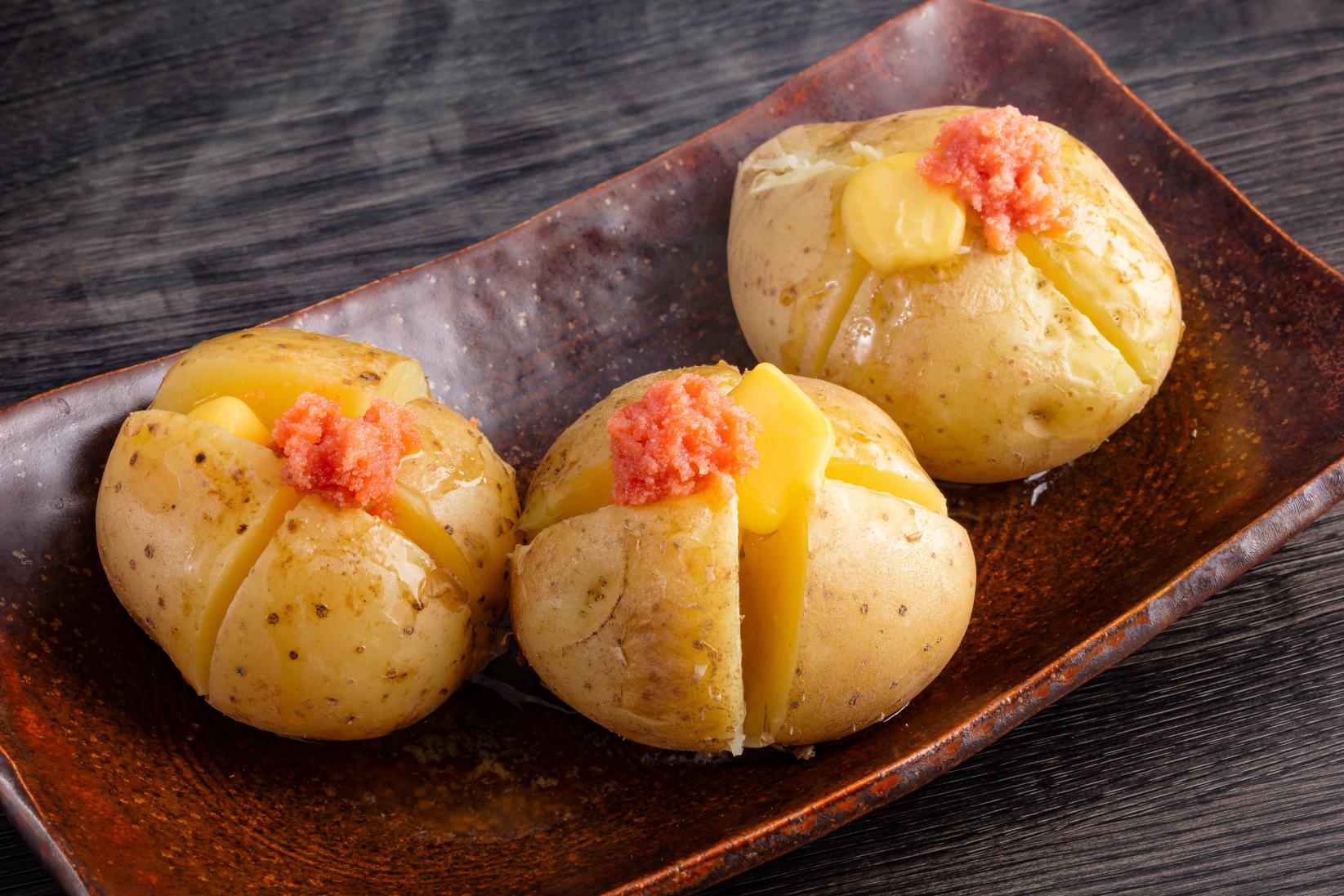
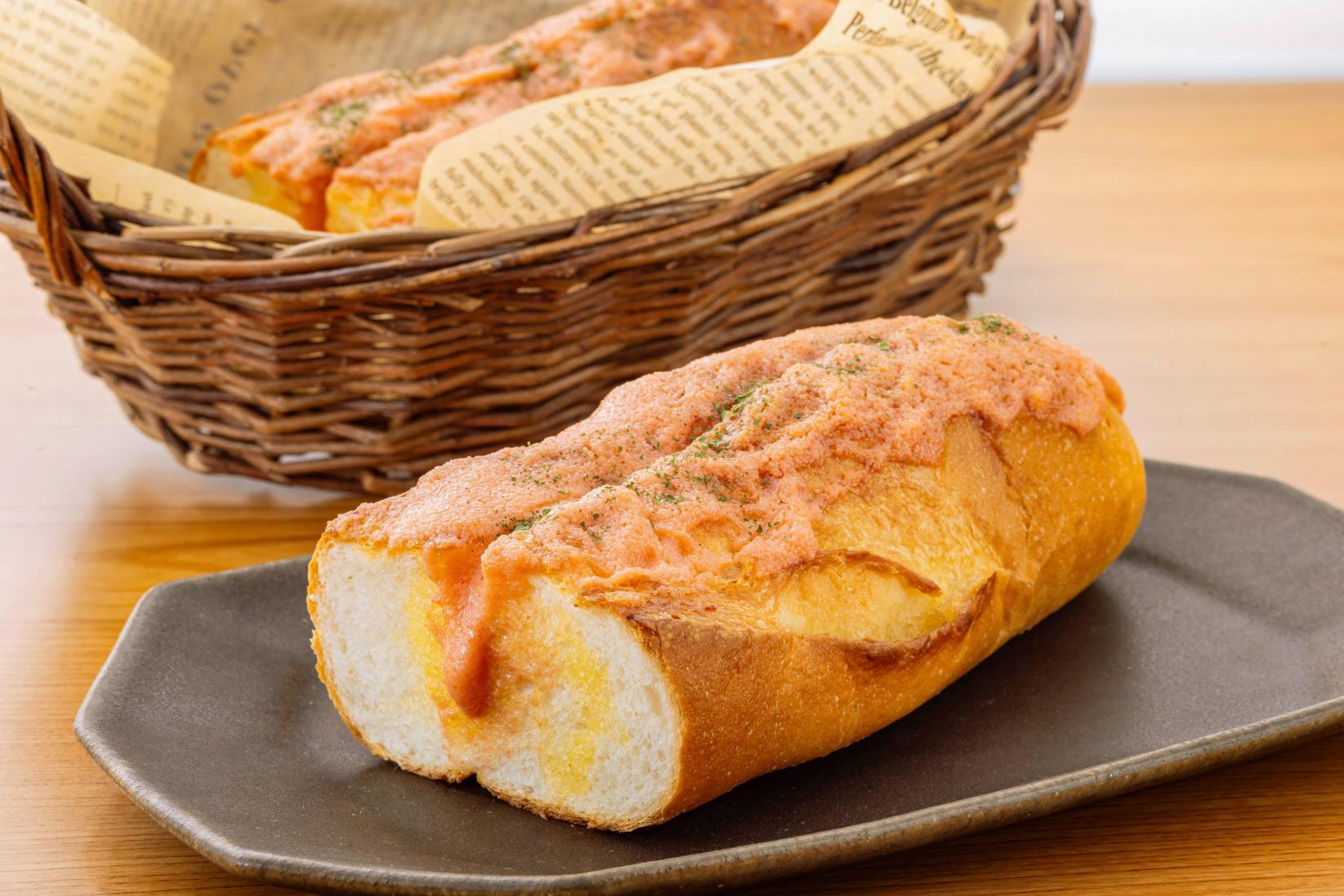
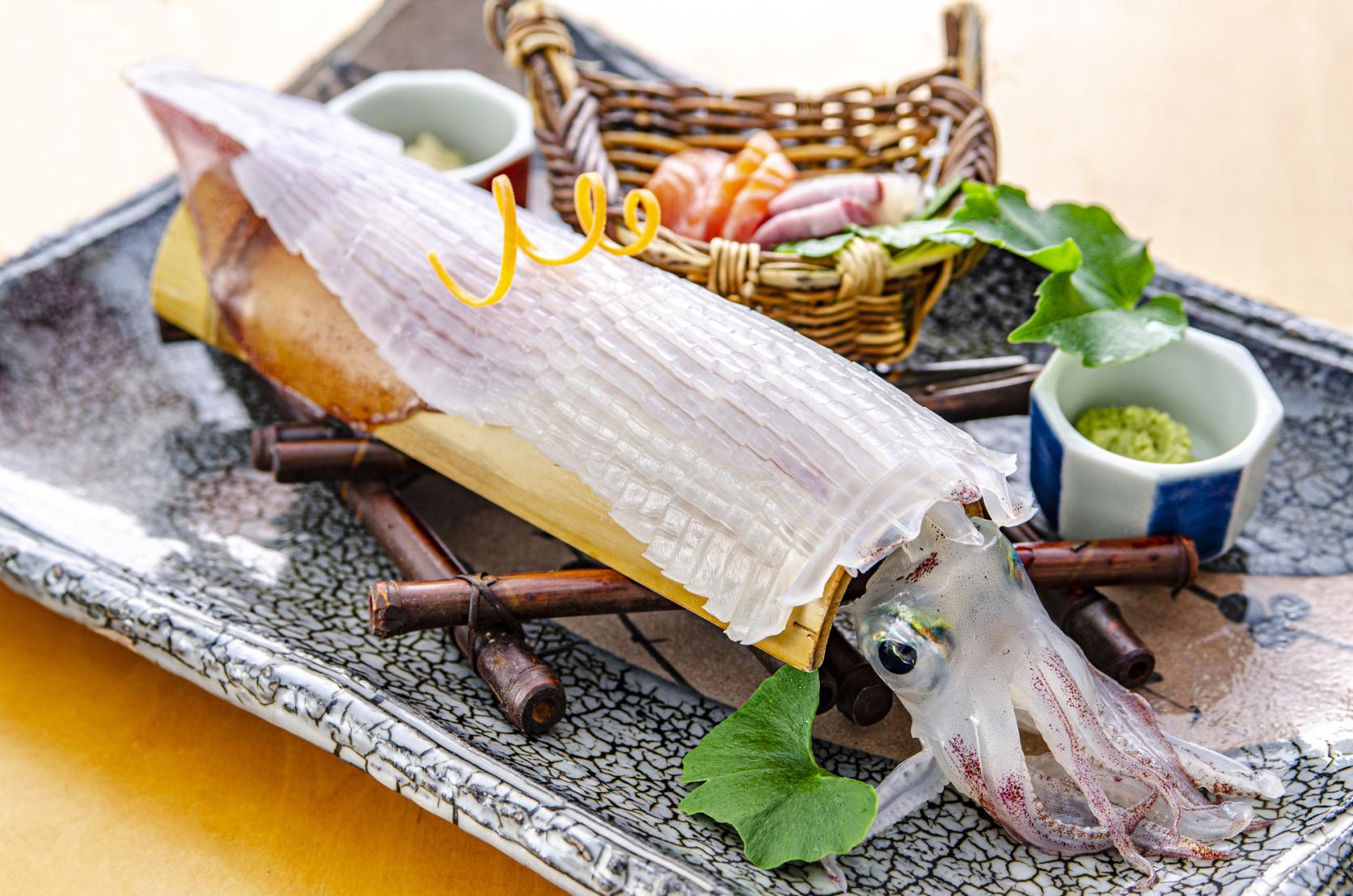
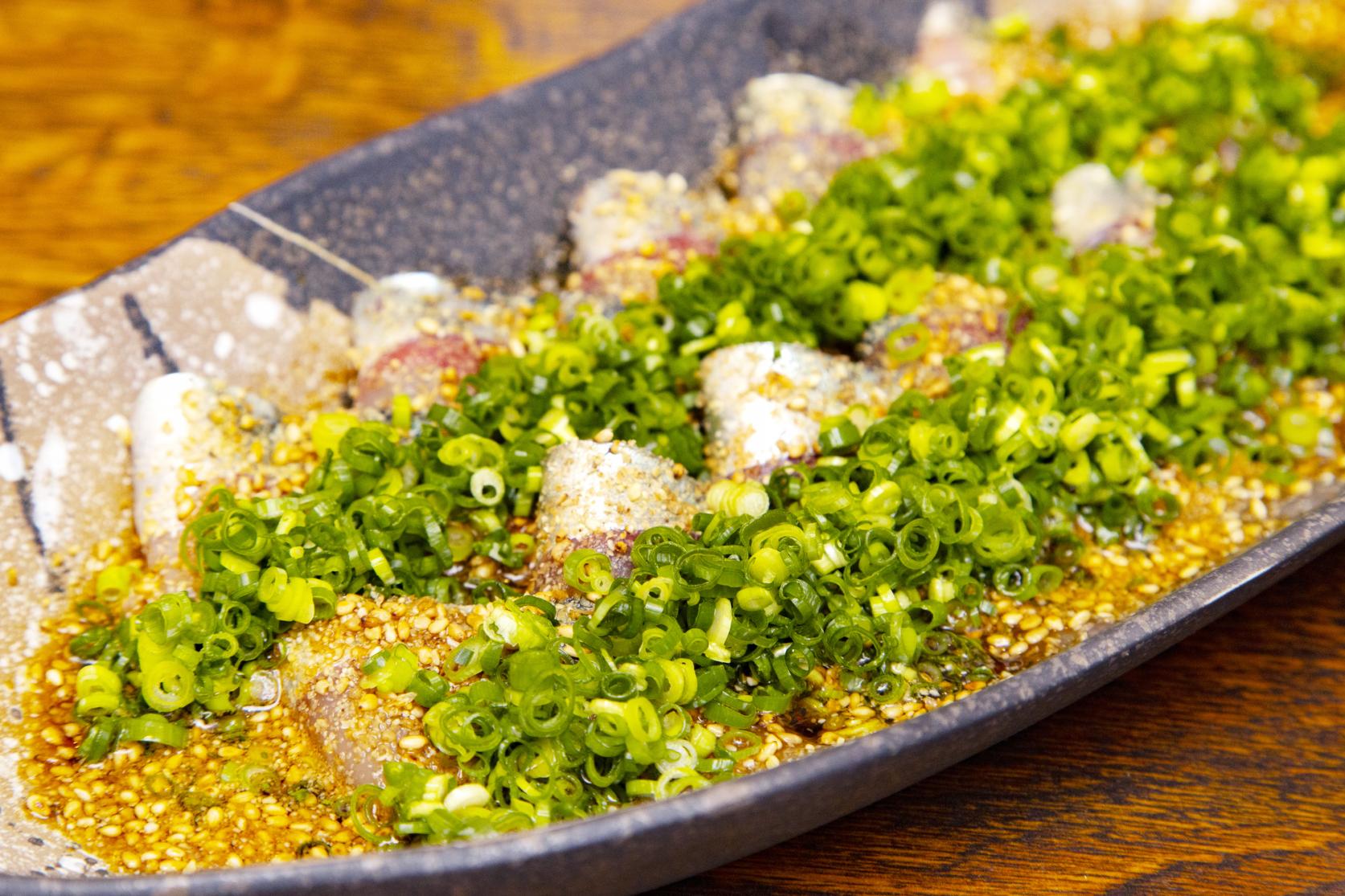
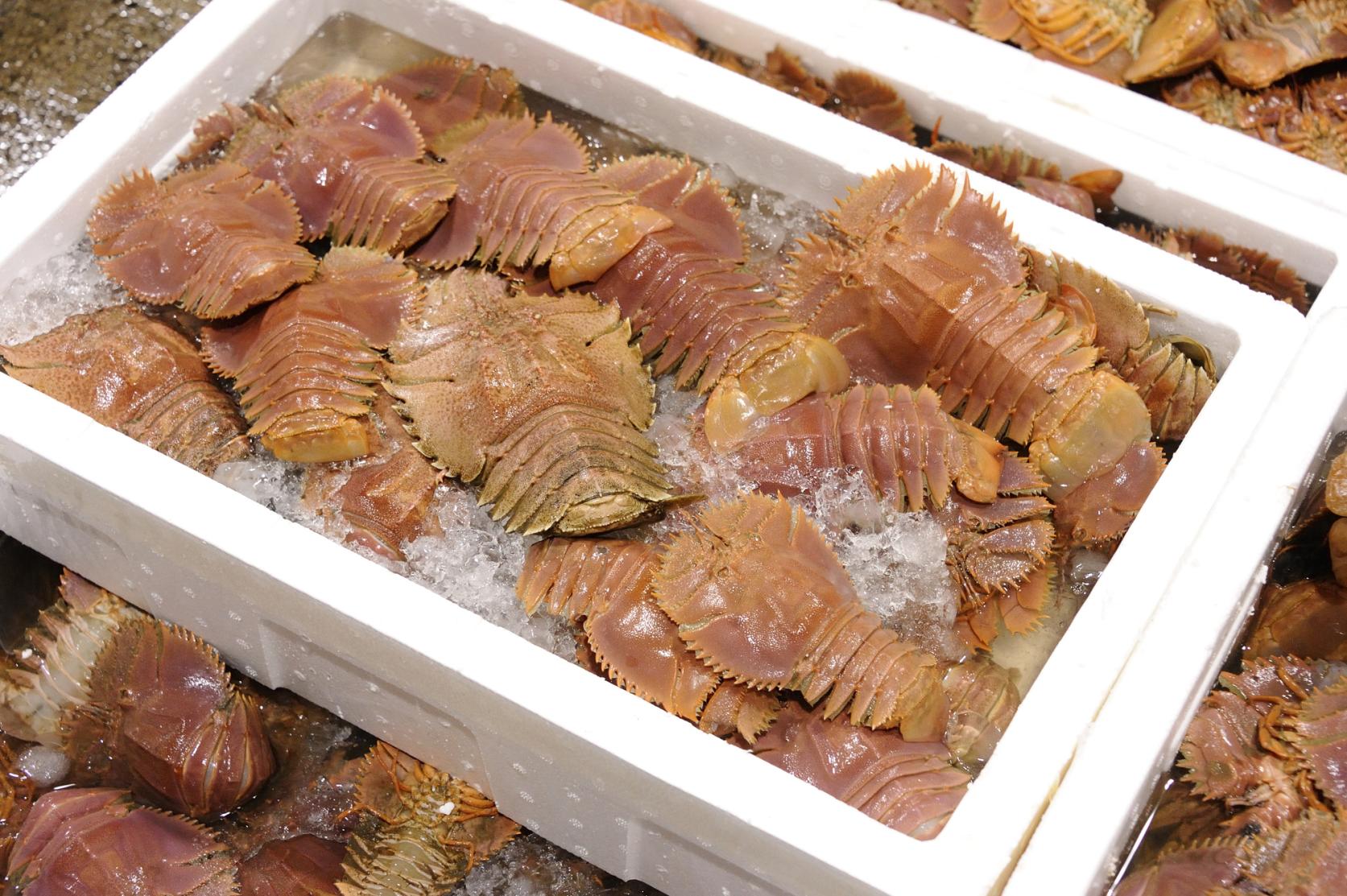
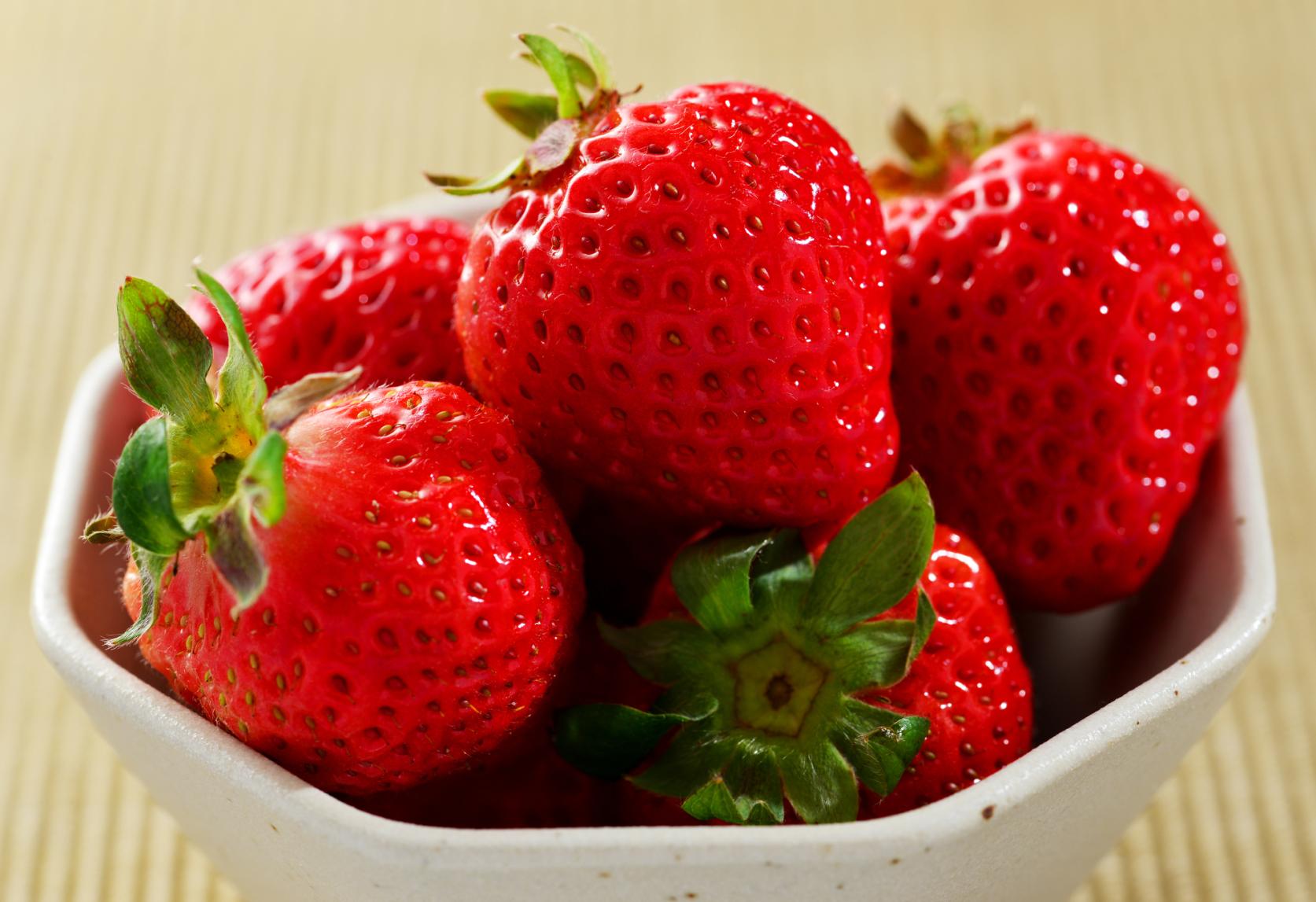
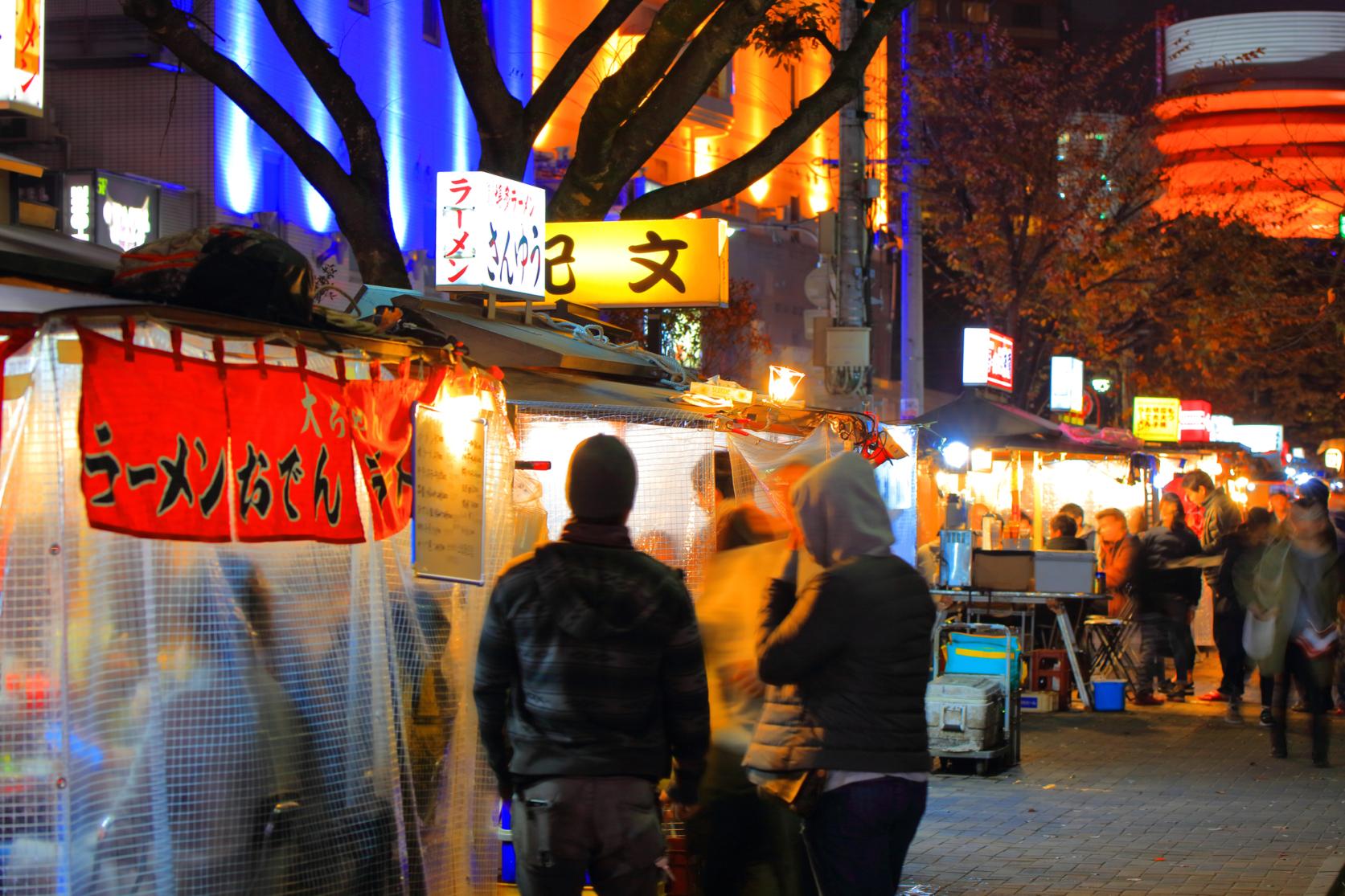
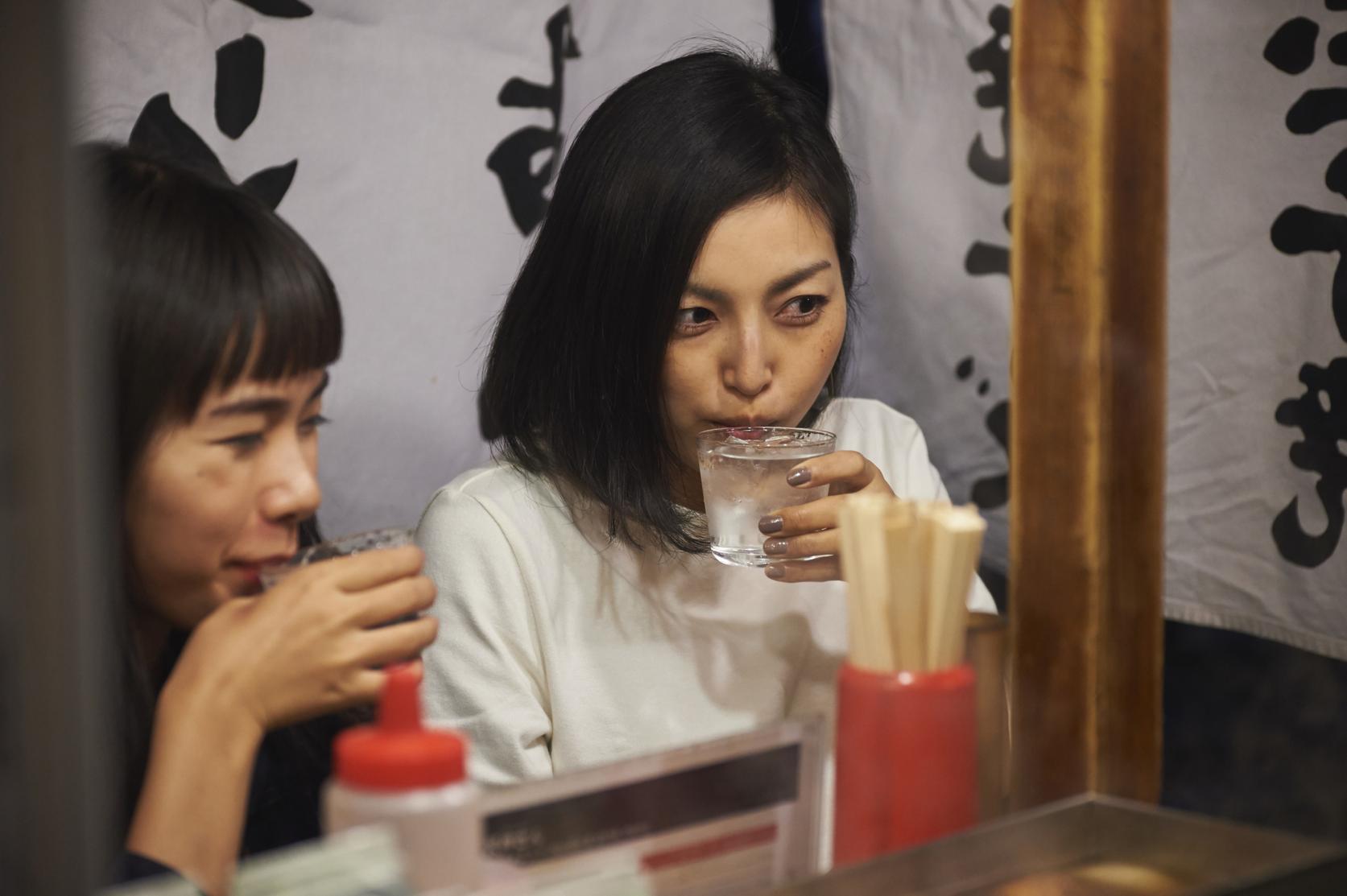
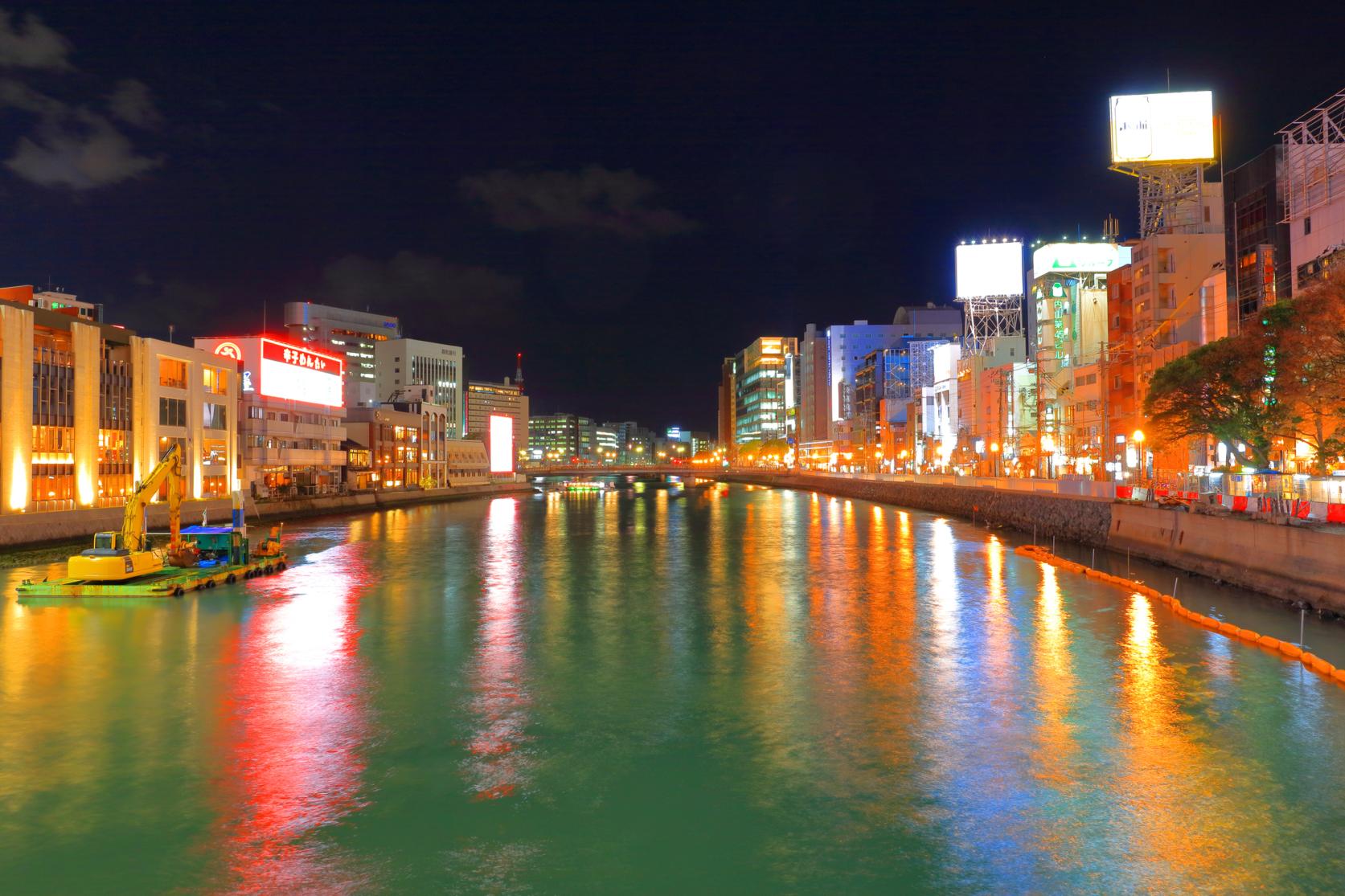
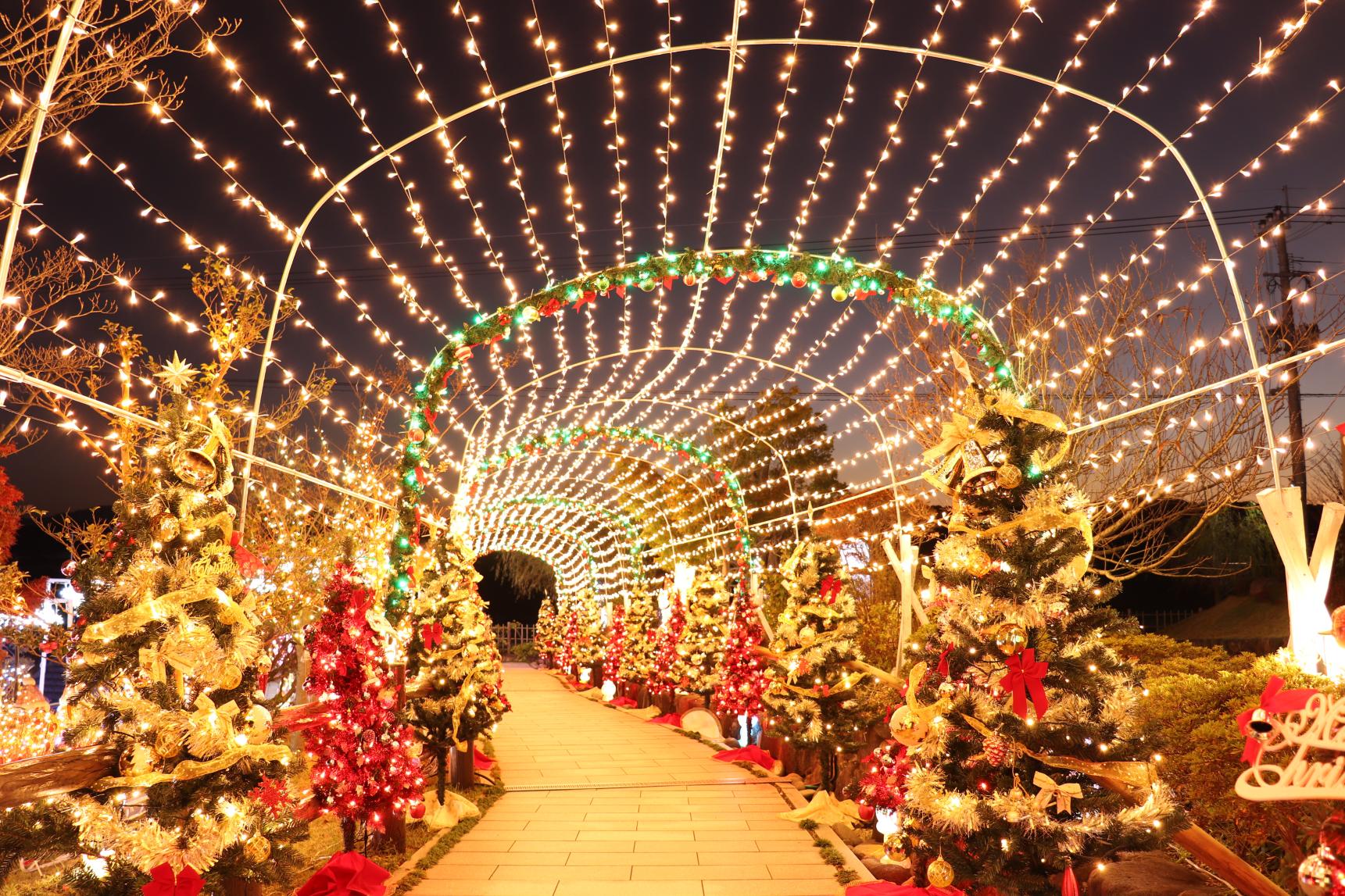
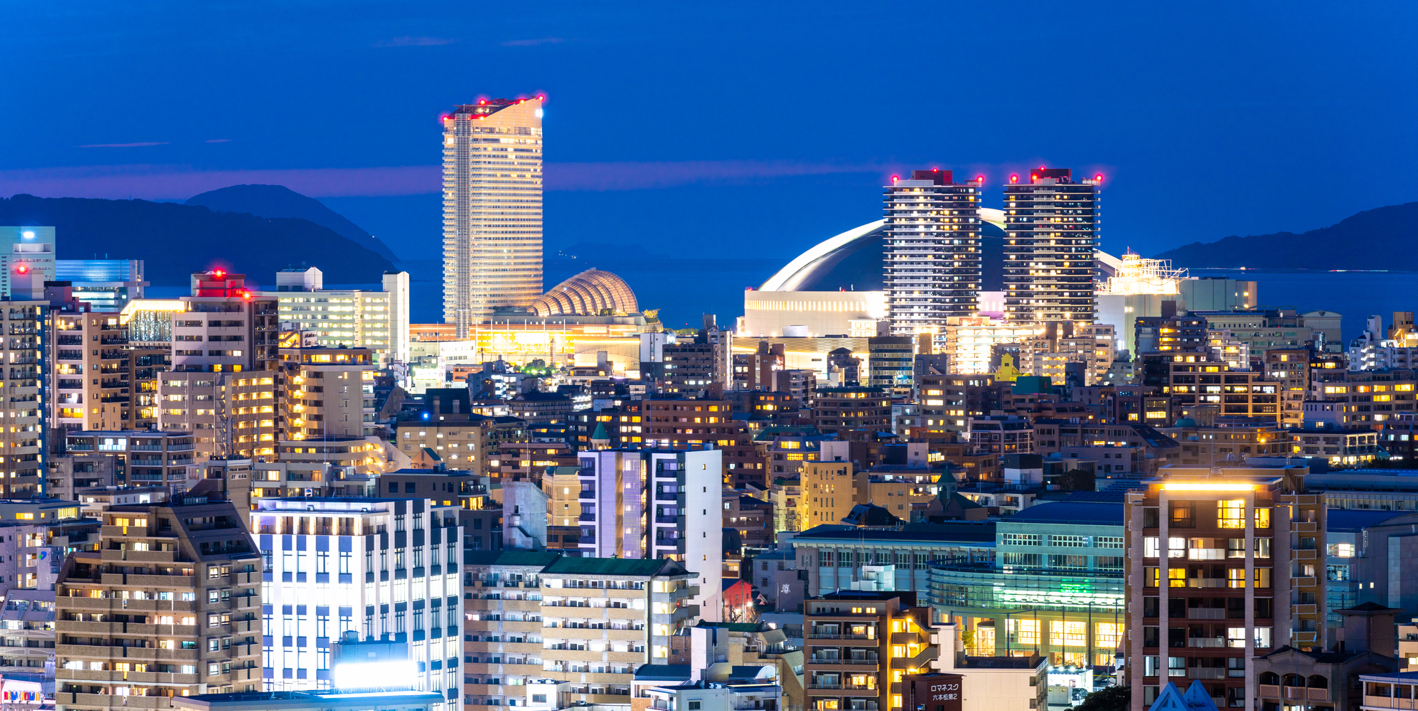
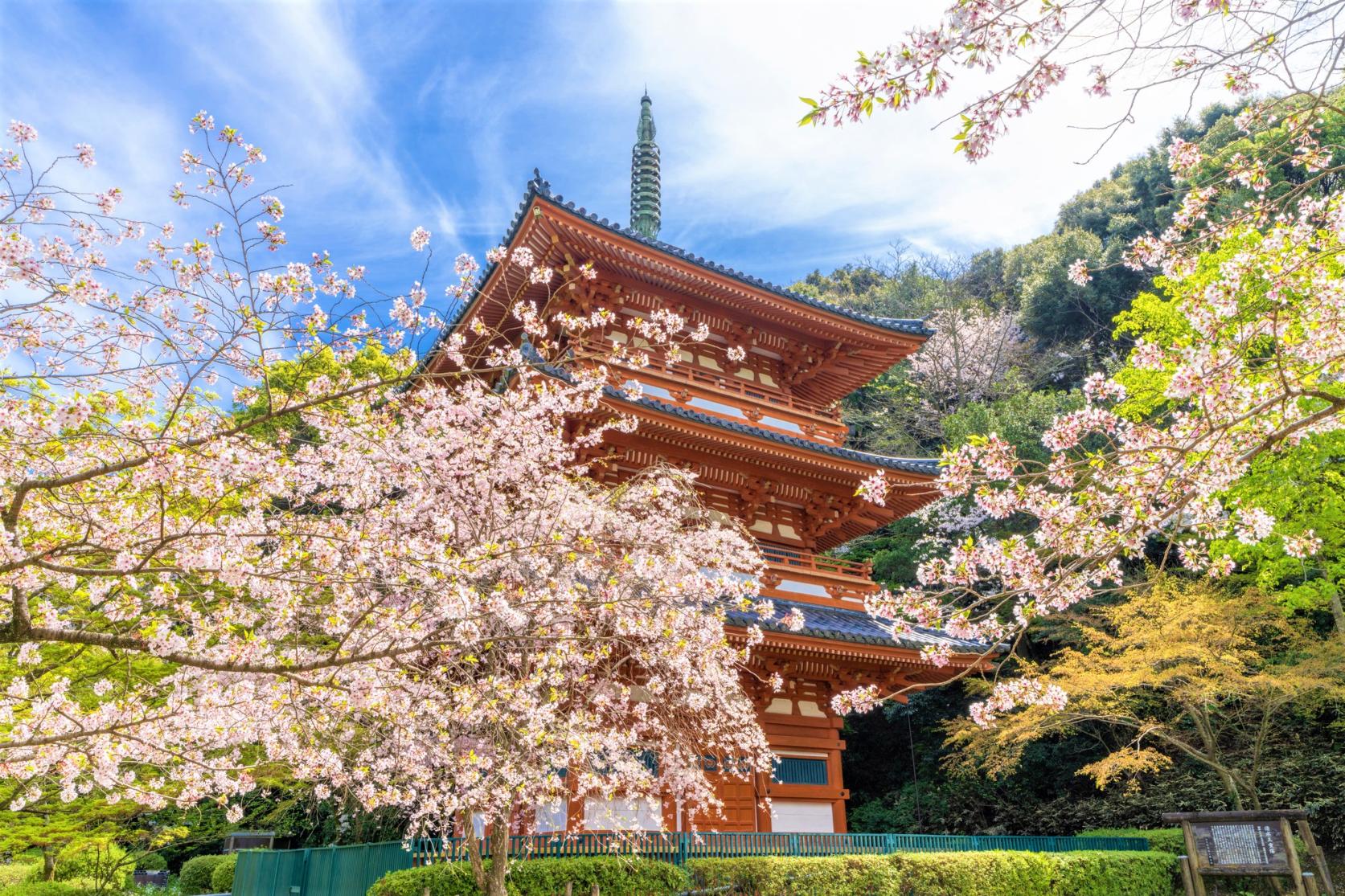
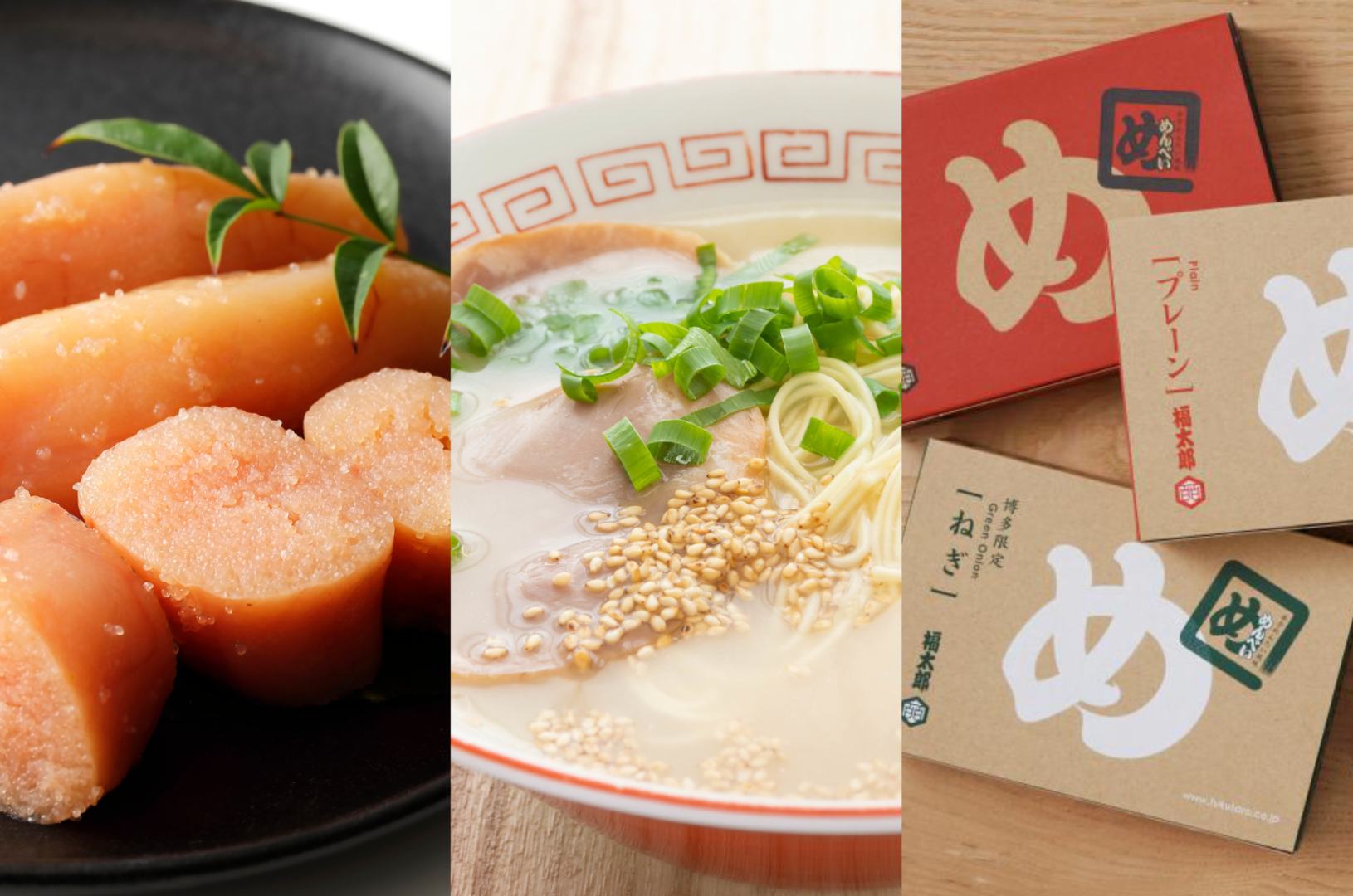
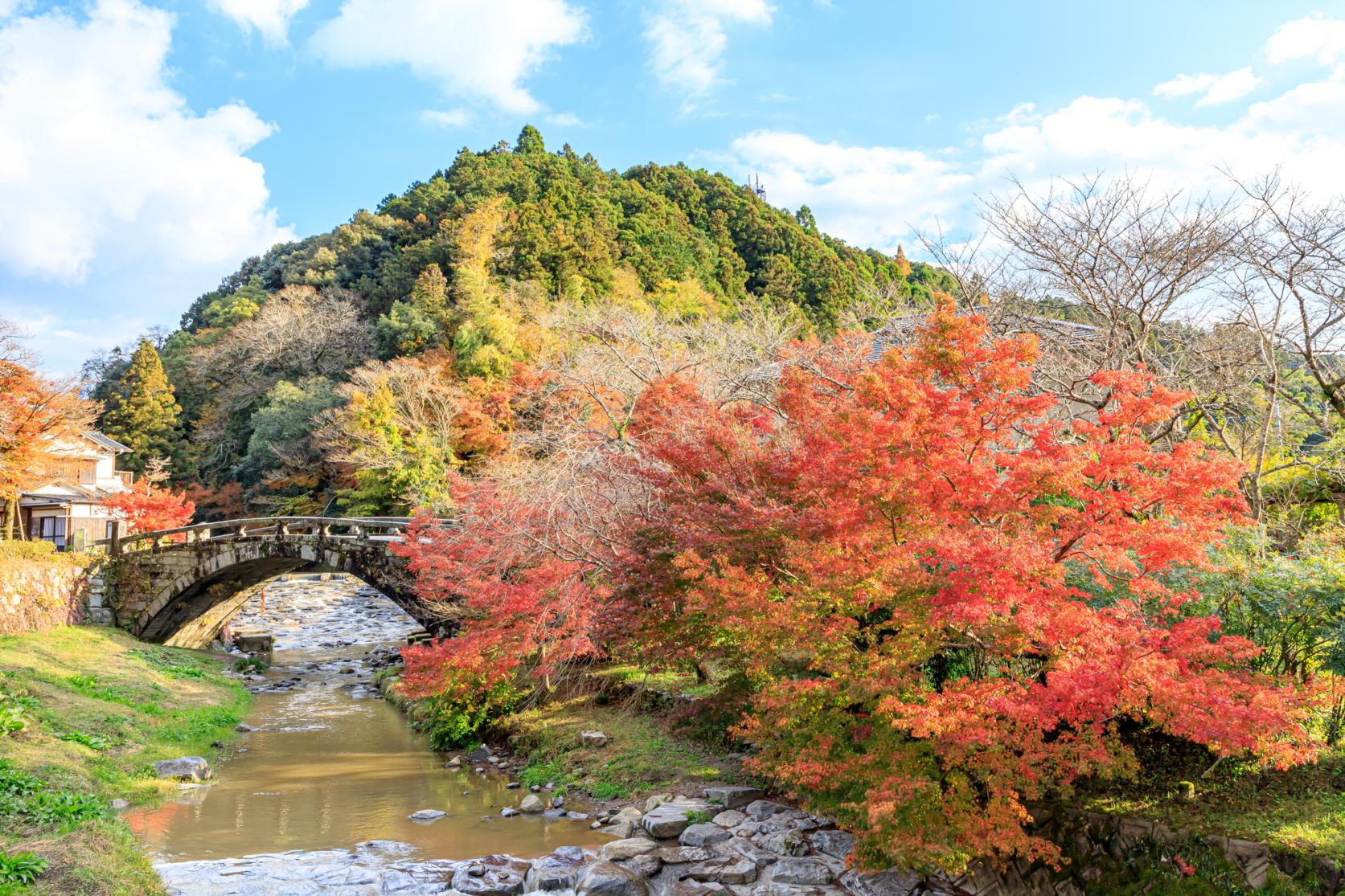

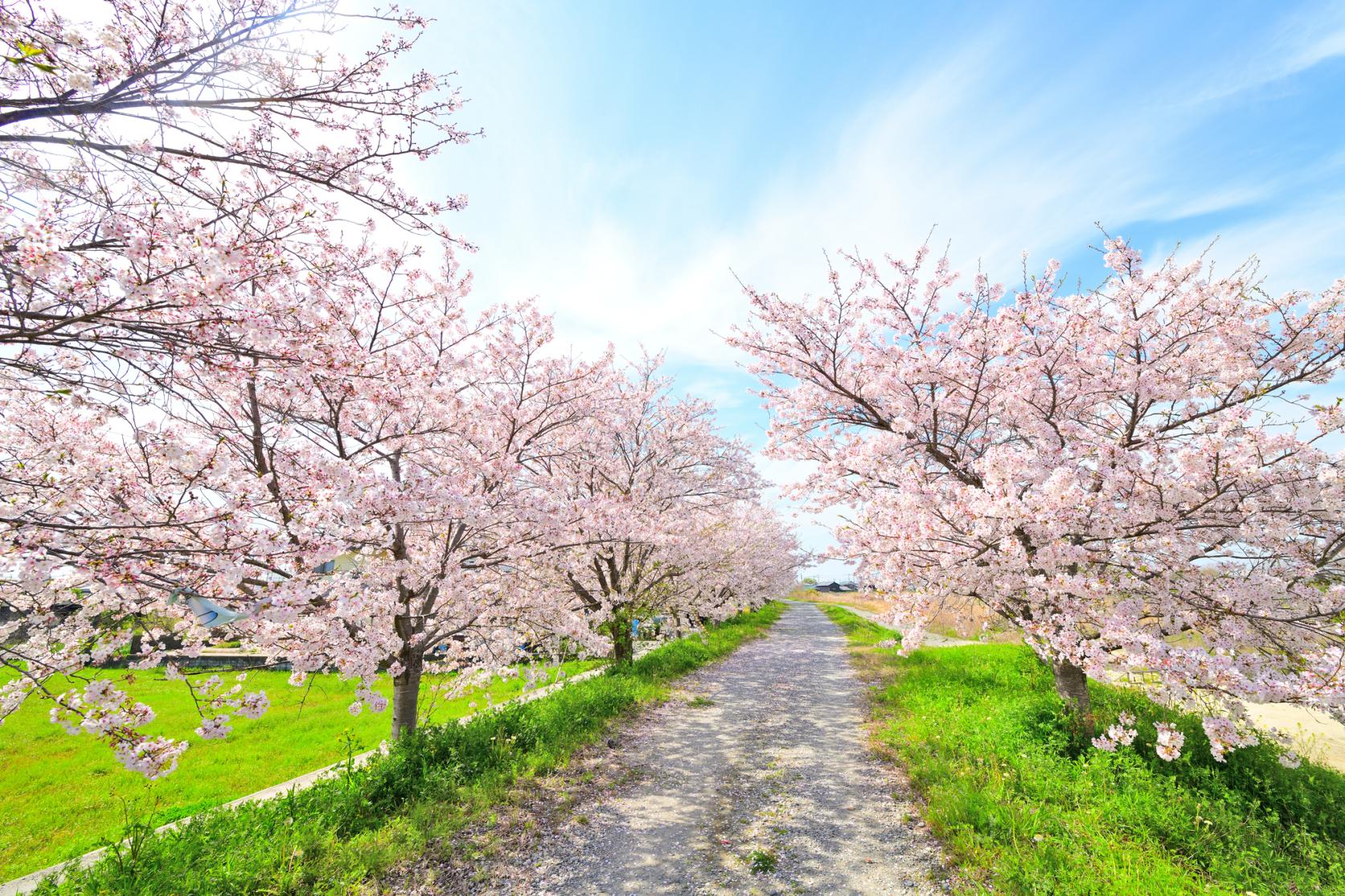
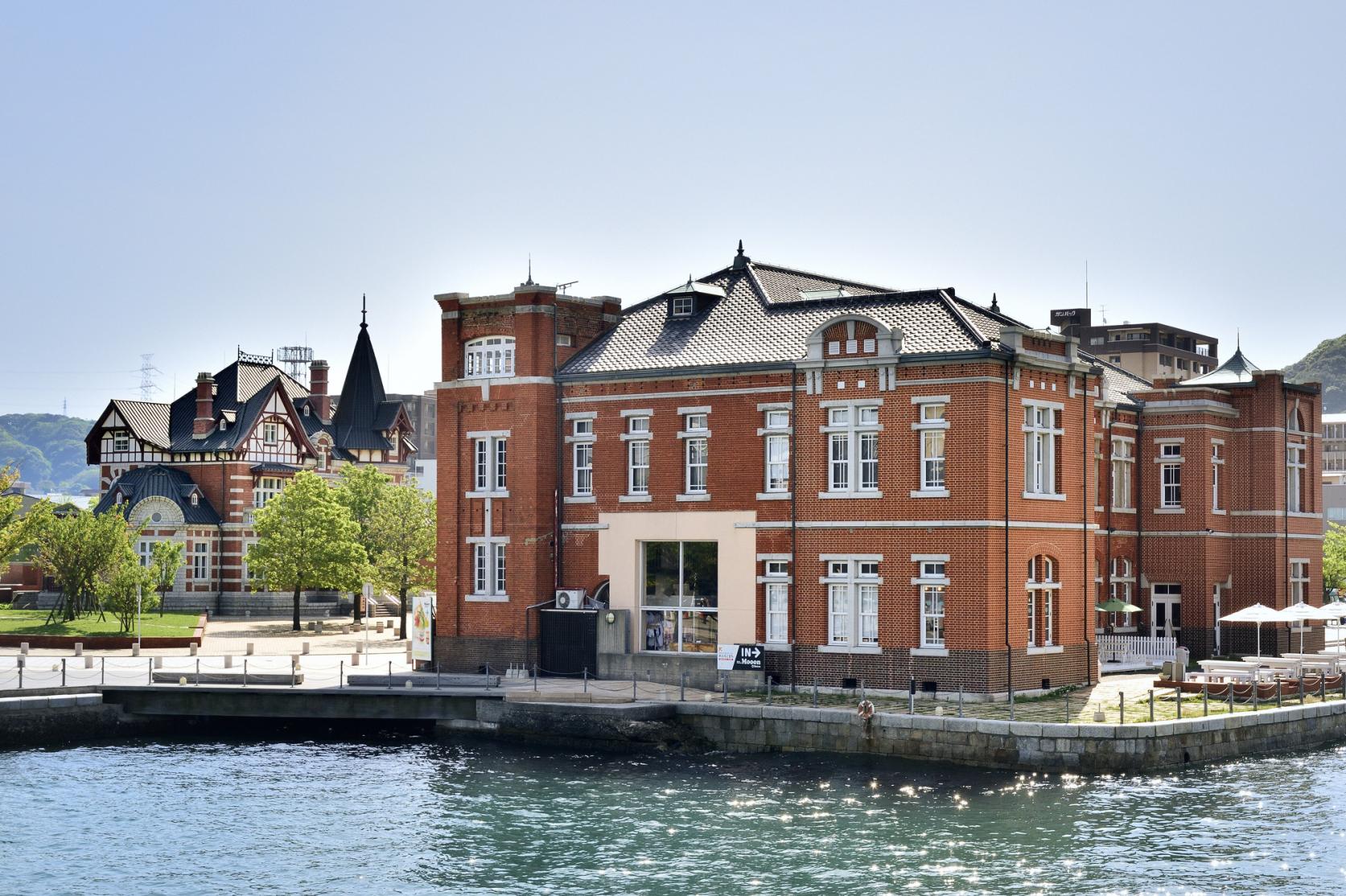
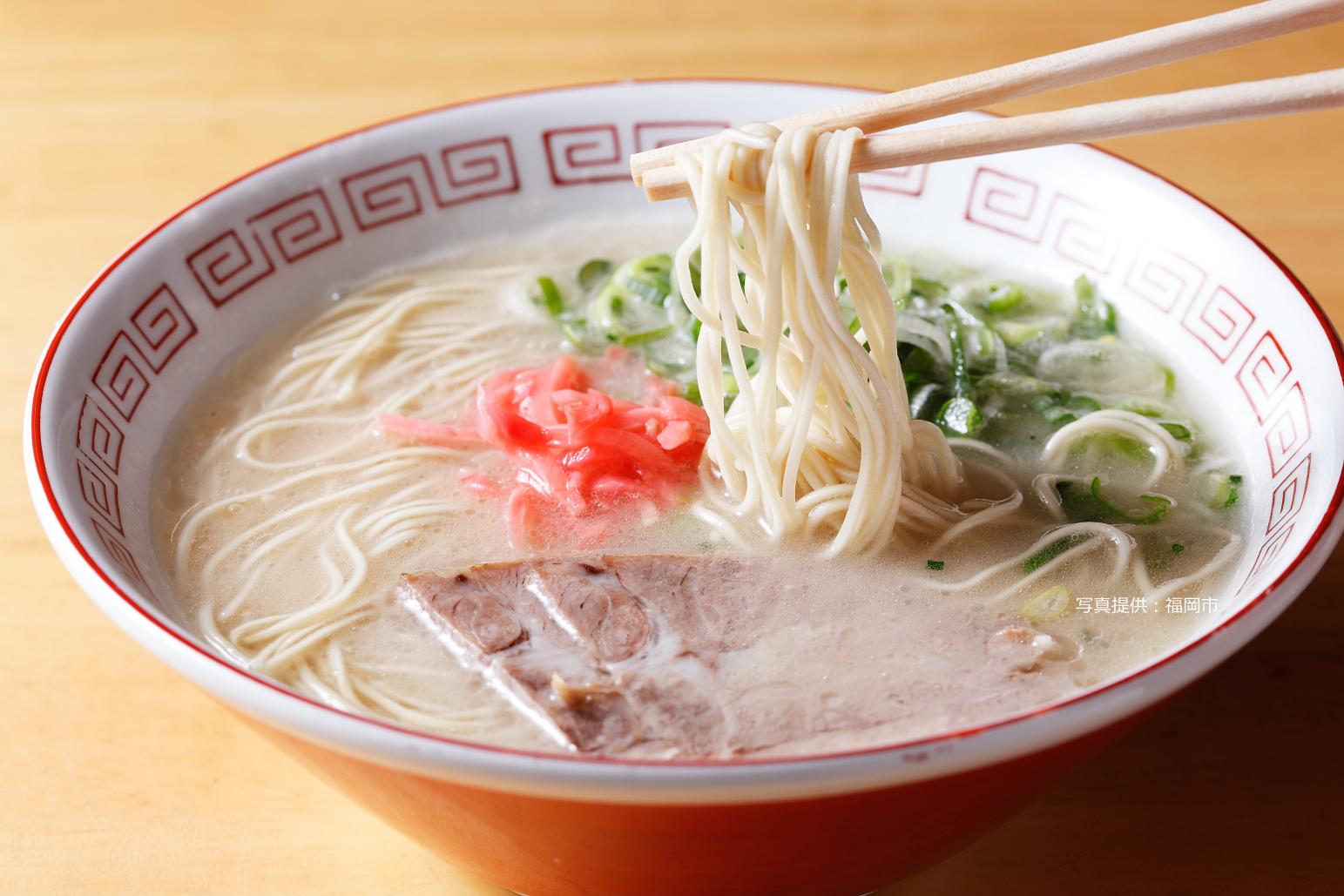
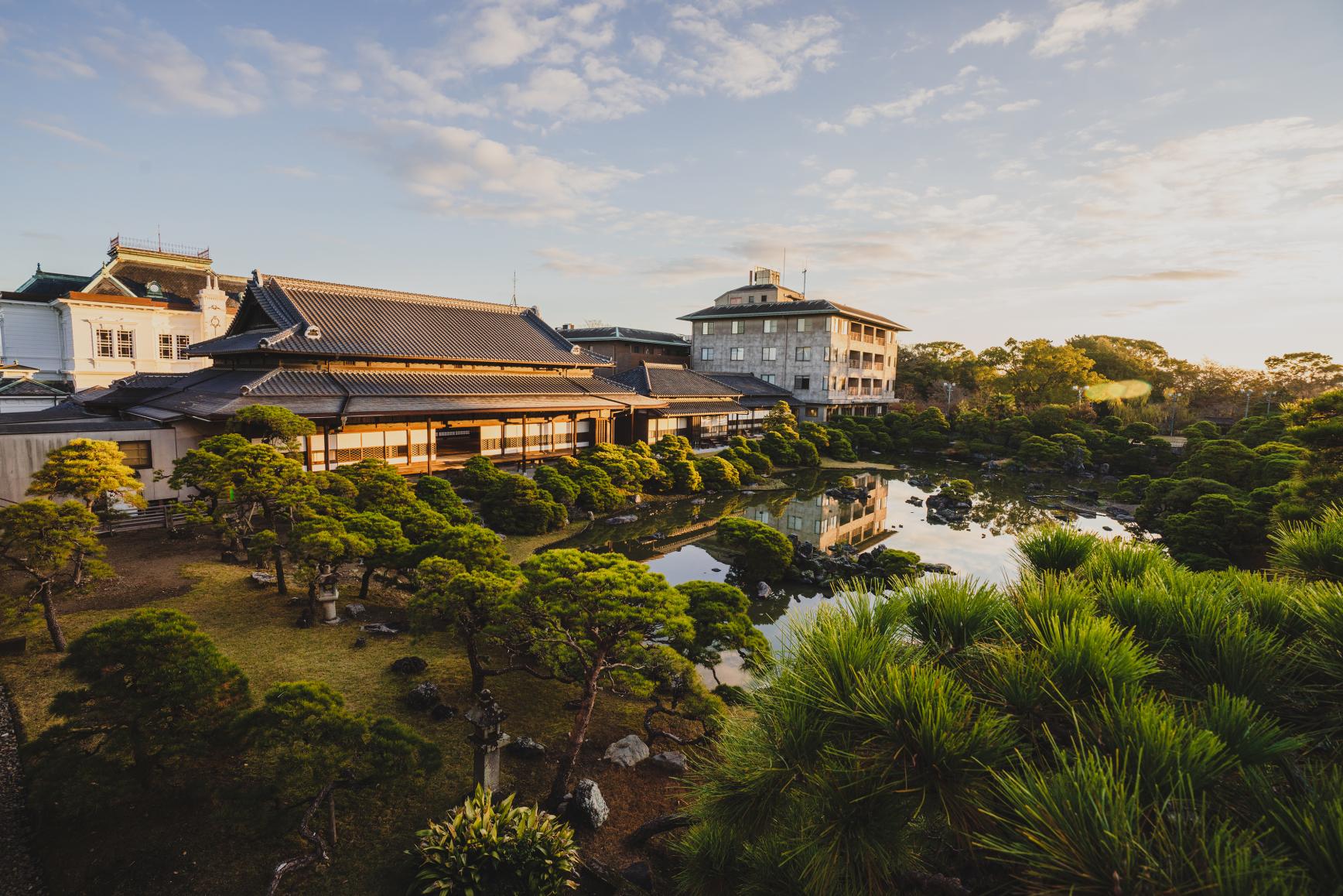
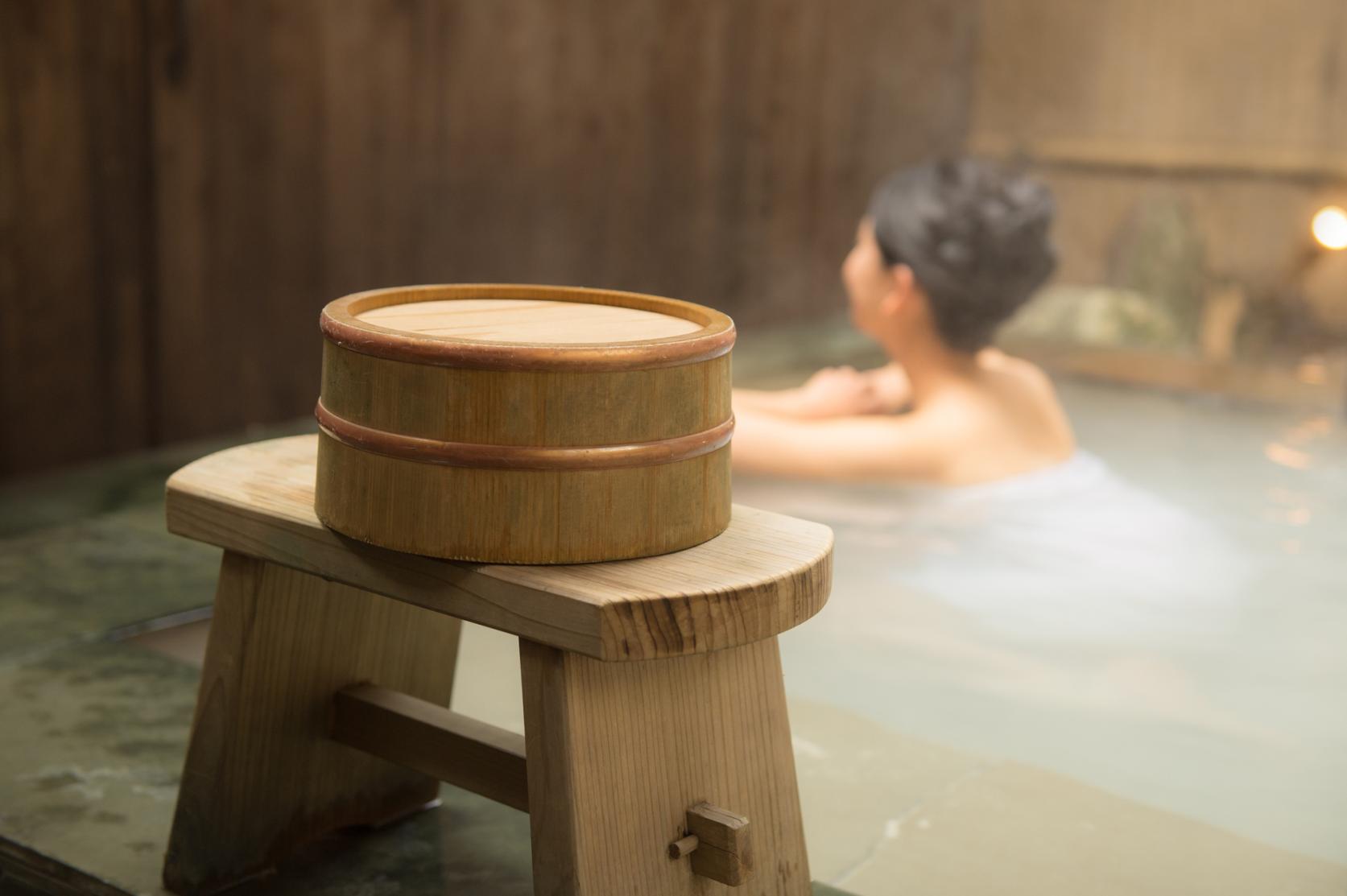
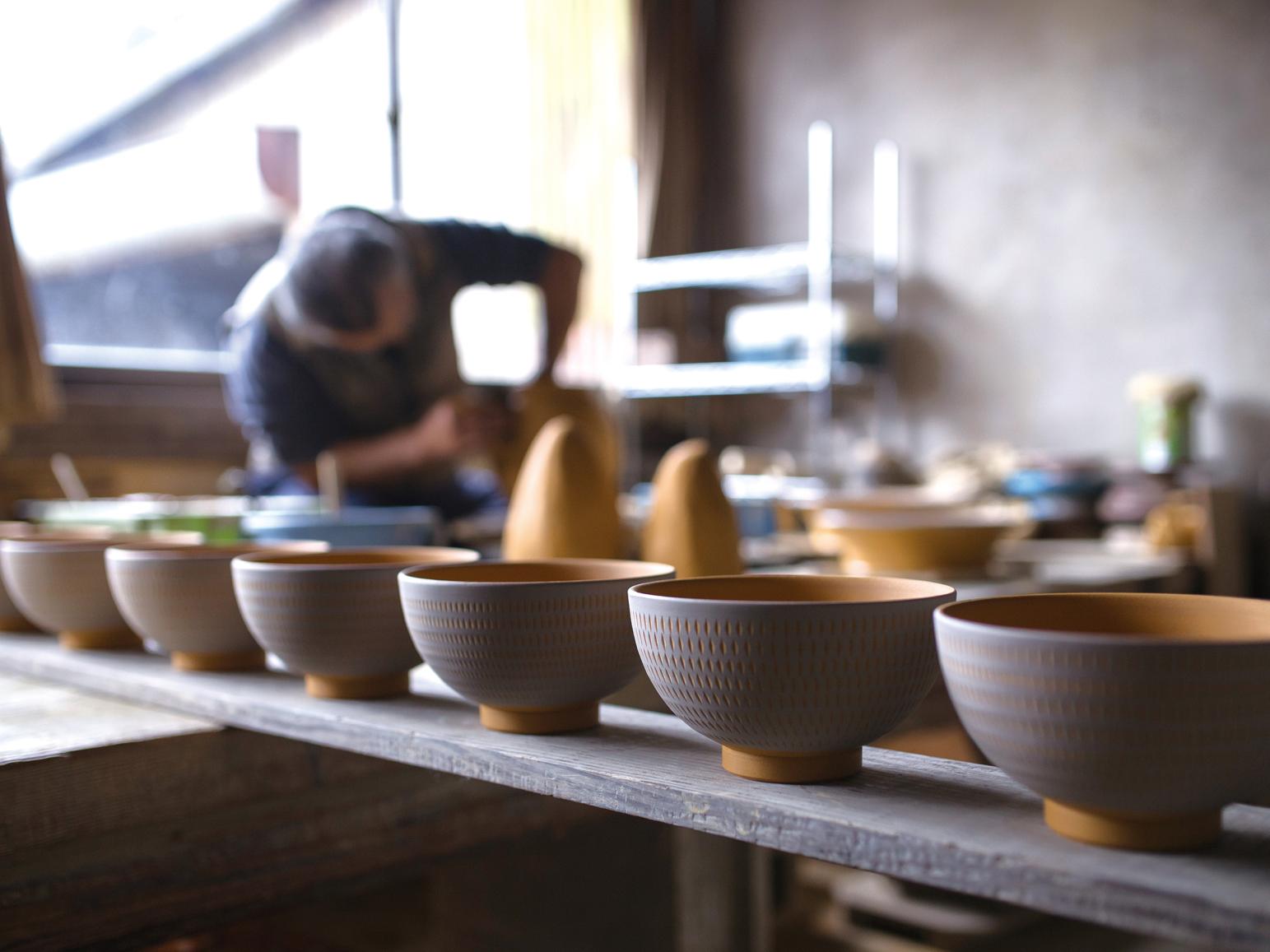
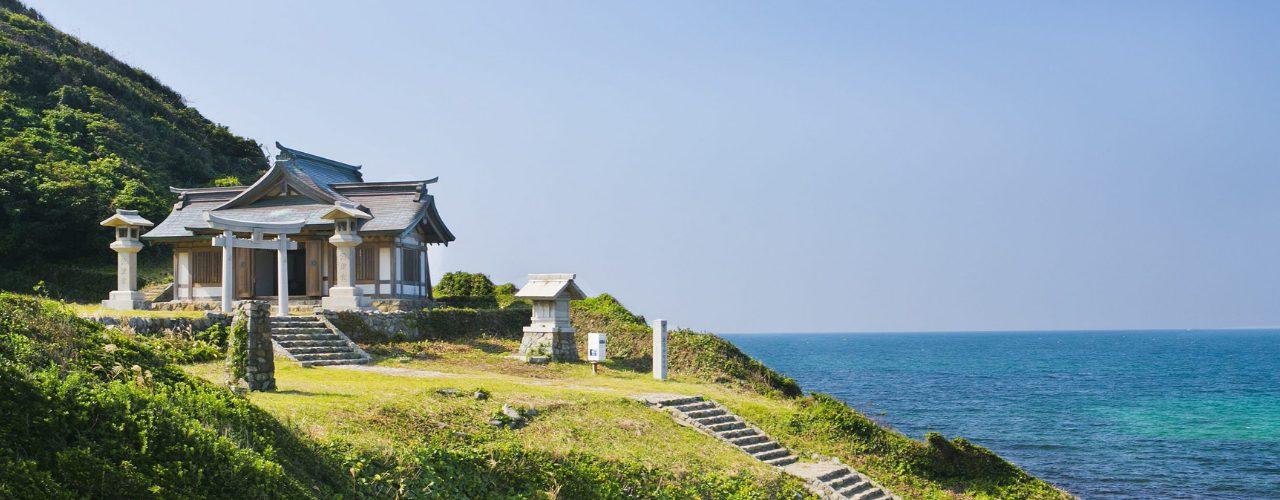
![[2025] Strawberry Picking Spots in Fukuoka-1](https://www.crossroadfukuoka.jp/storage/special_features/49/responsive_images/9ZHgrqvQdpH8tM4IRF54DXu0aPBF3YGGkj5WOTGc__1673_1115.jpg)
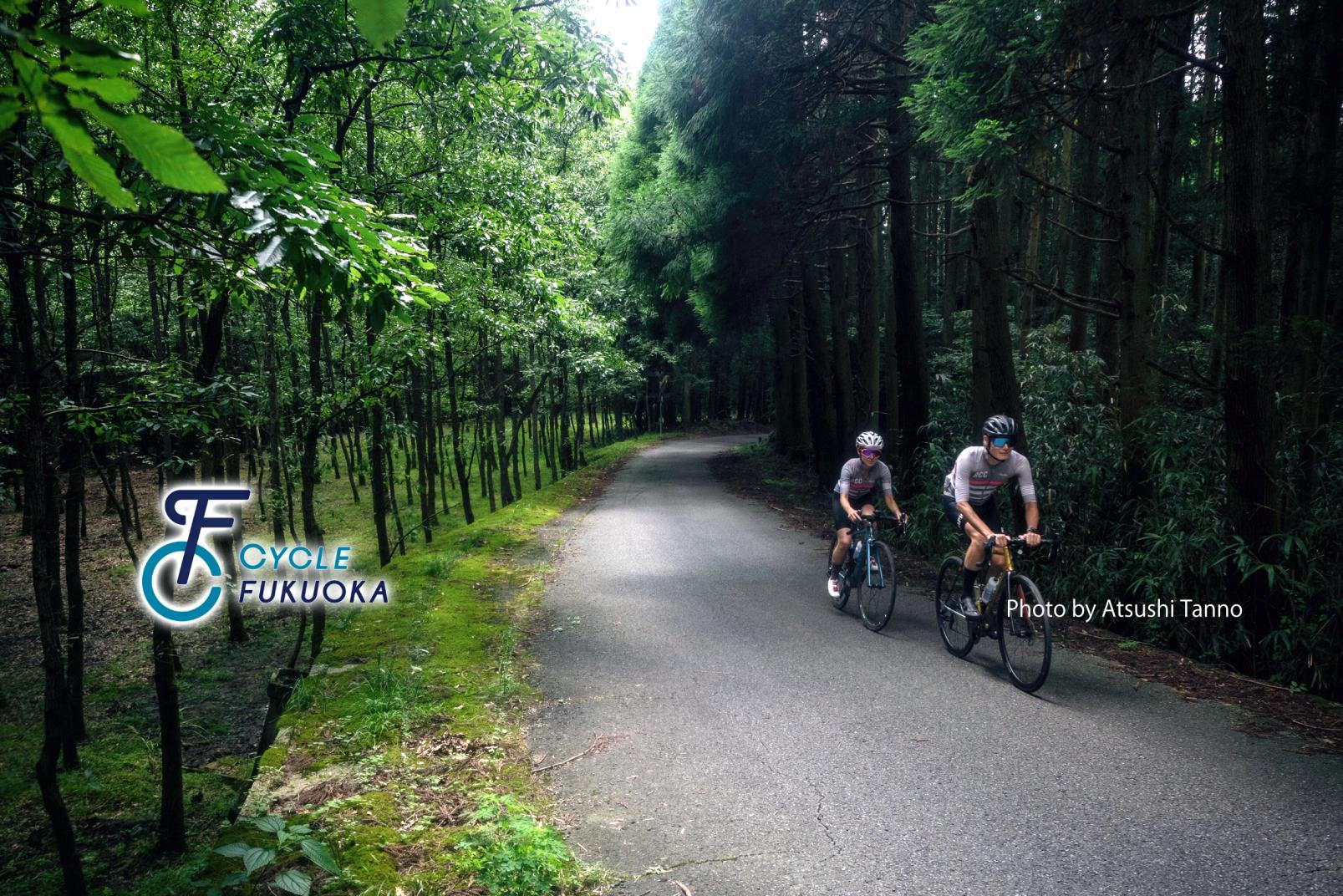
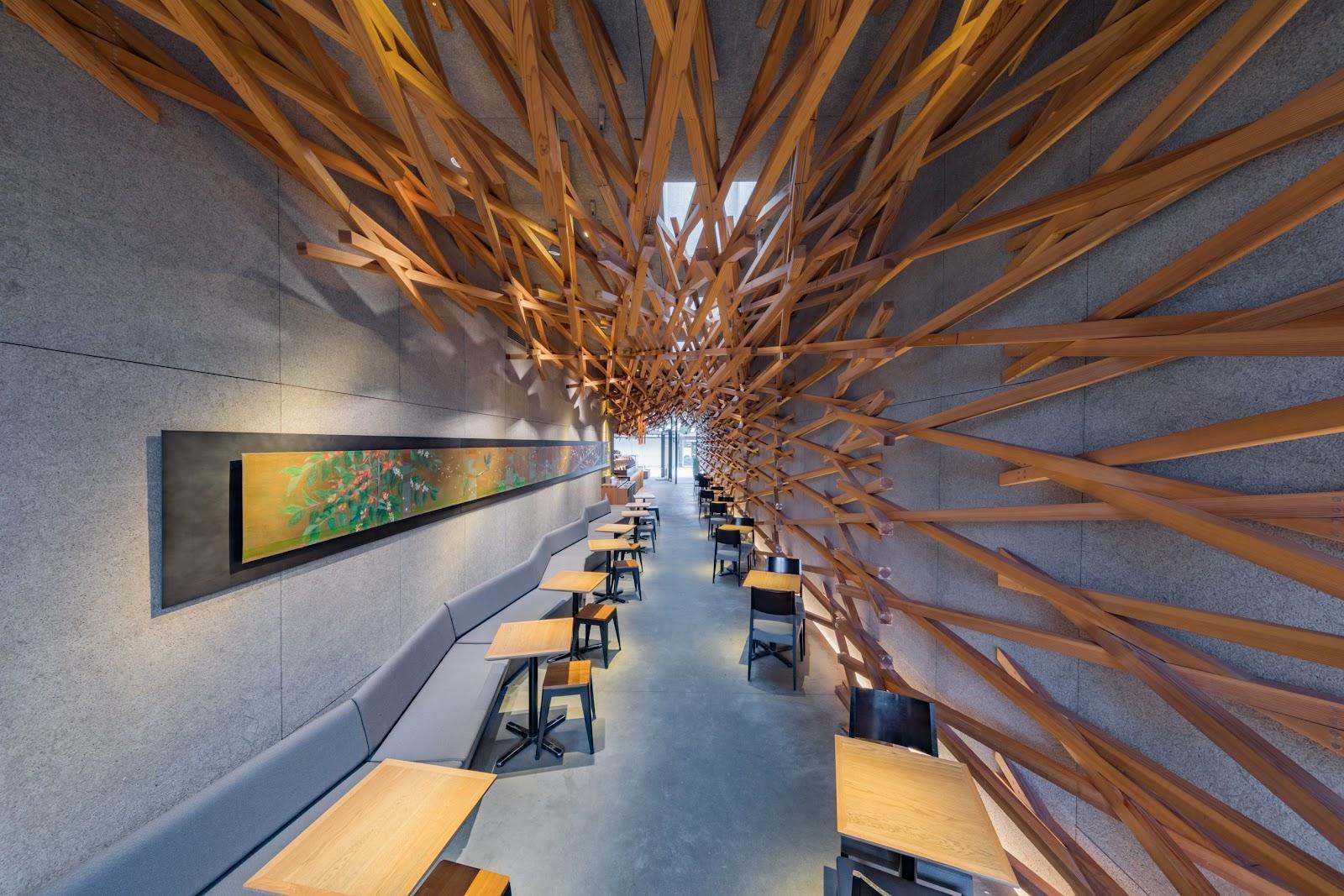
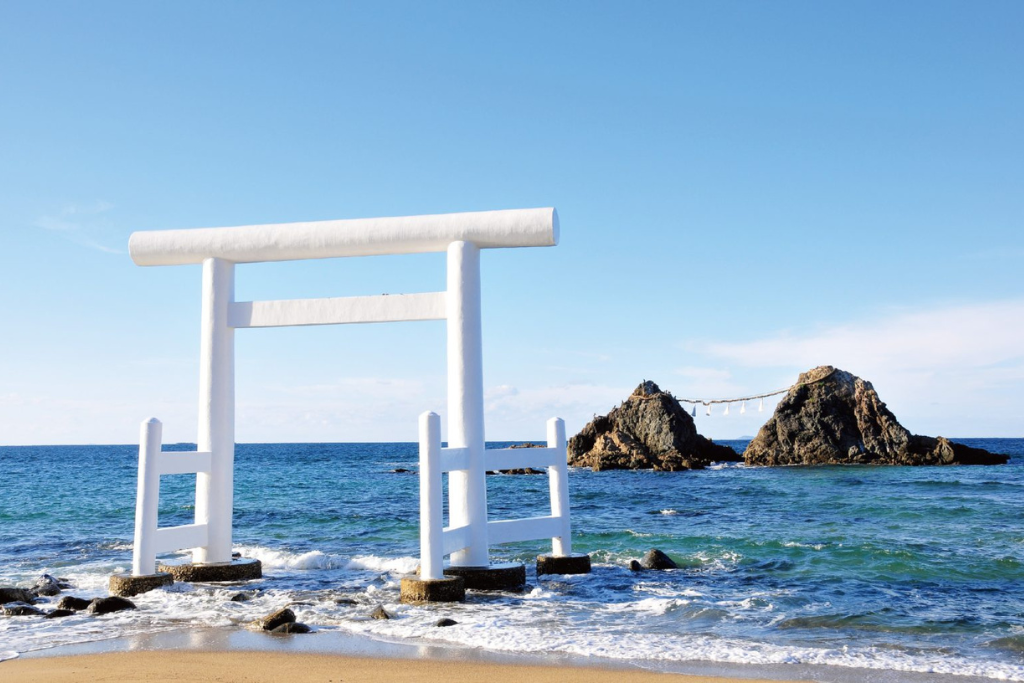
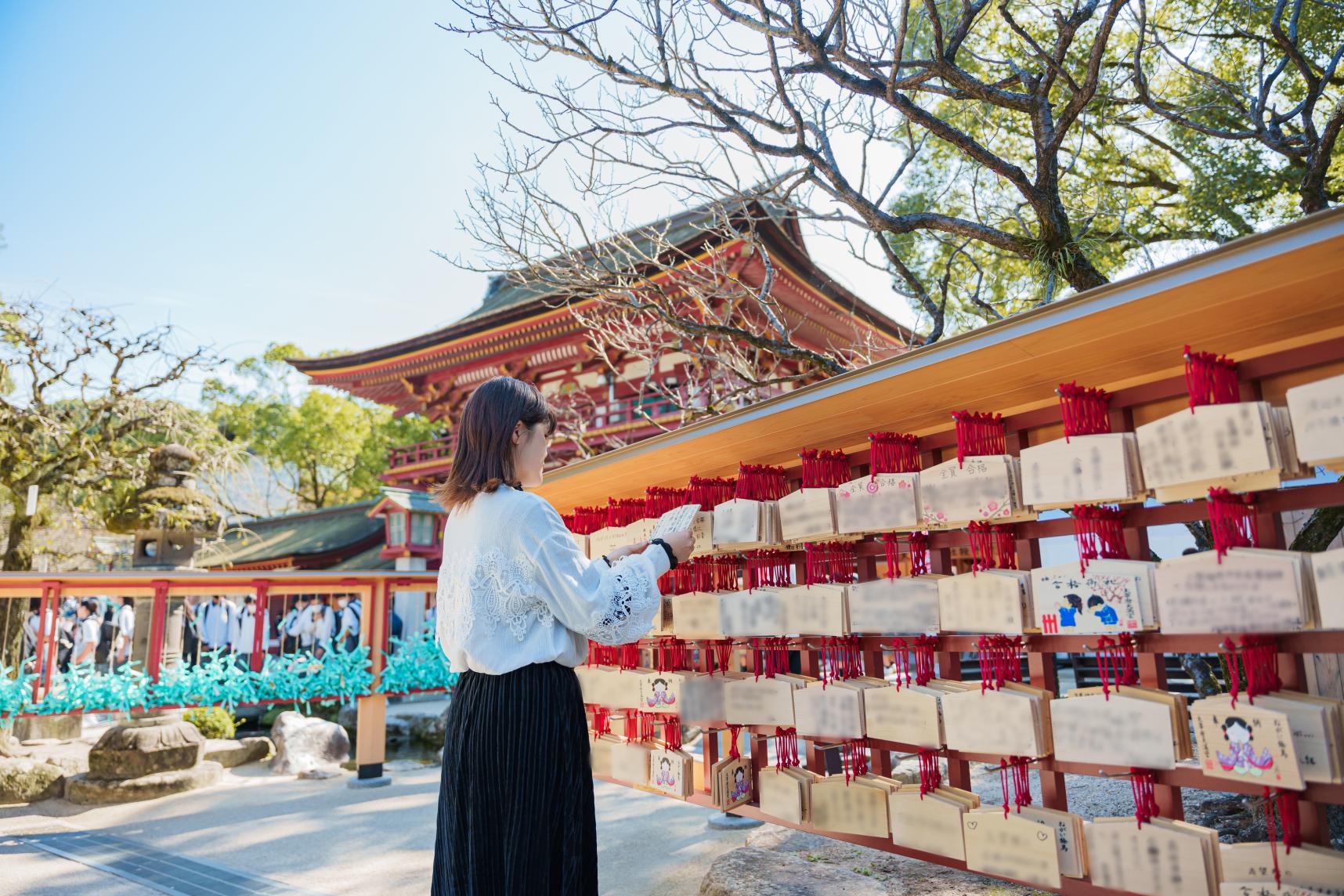
![[2024 Edition] Filled with blessings! The ultimate Fukuoka power spots to bring you happiness.-1](https://www.crossroadfukuoka.jp/storage/special_features/320/responsive_images/6SsCvBDXBhlZoAGUgarTOpZpEaEwsIqsWzSxW8cw__1289_856.png)
